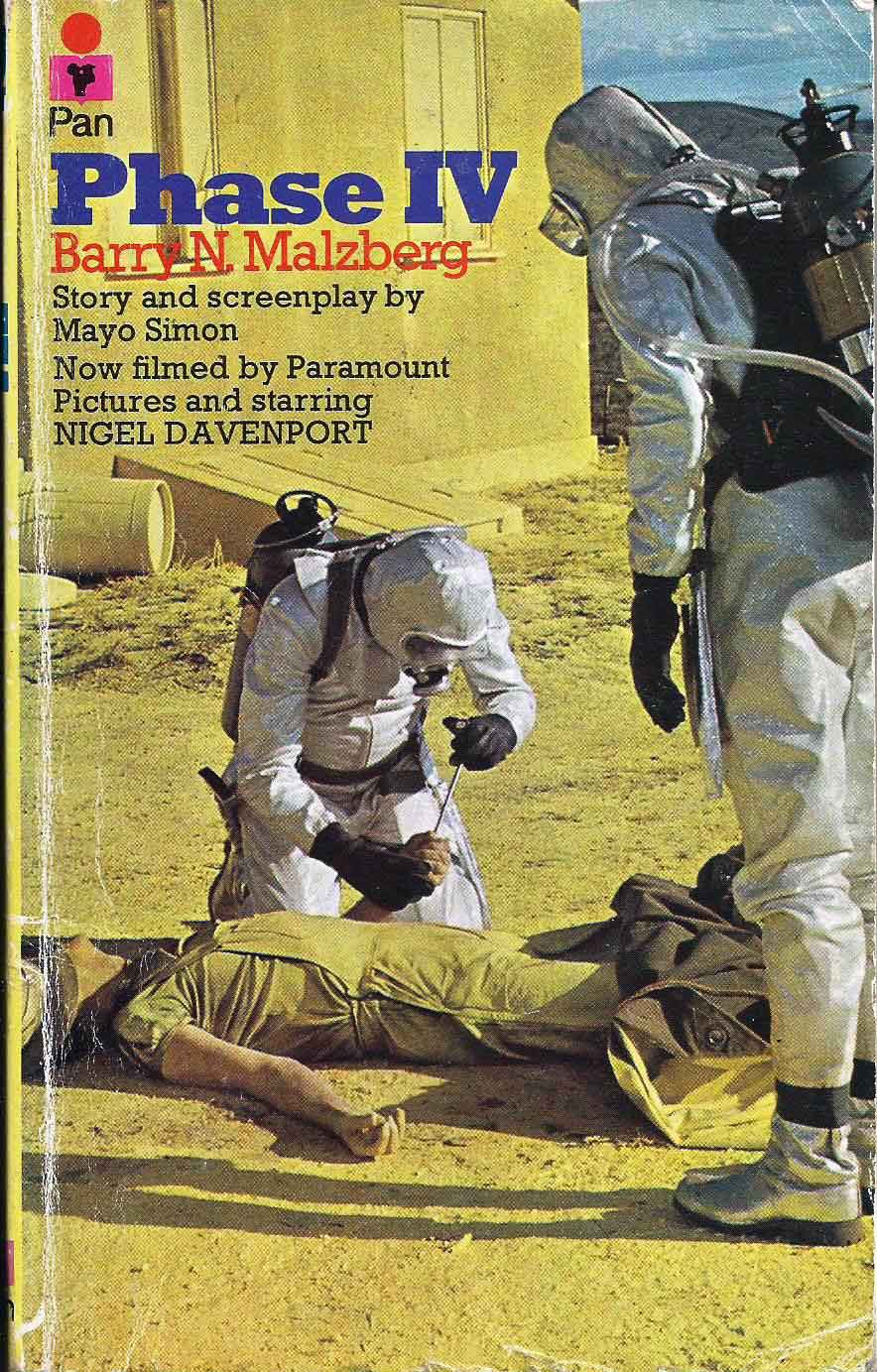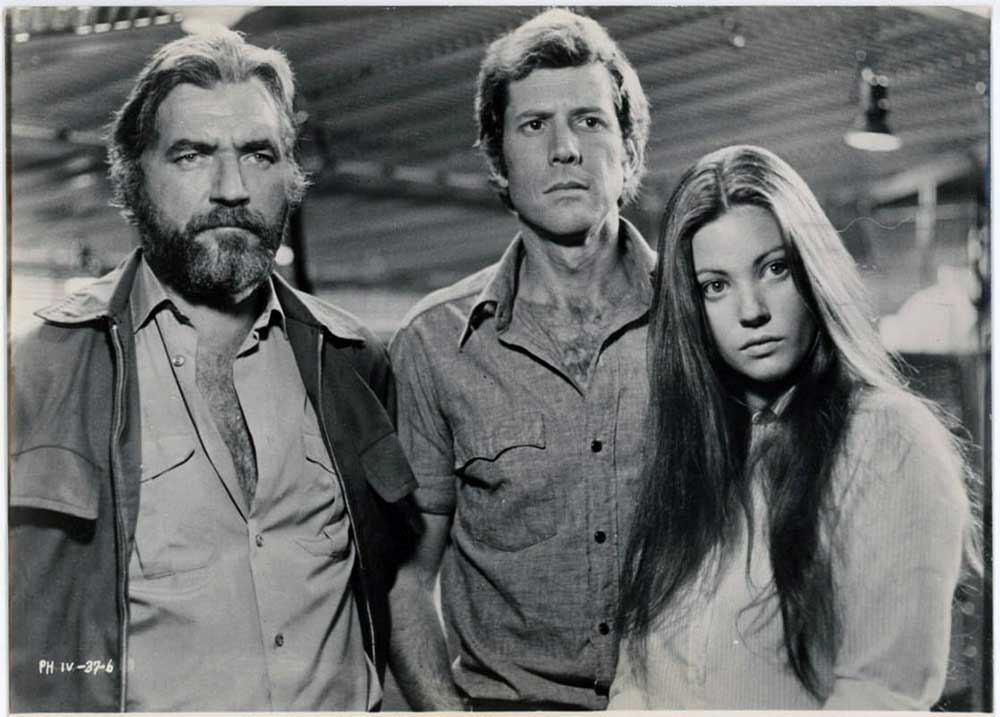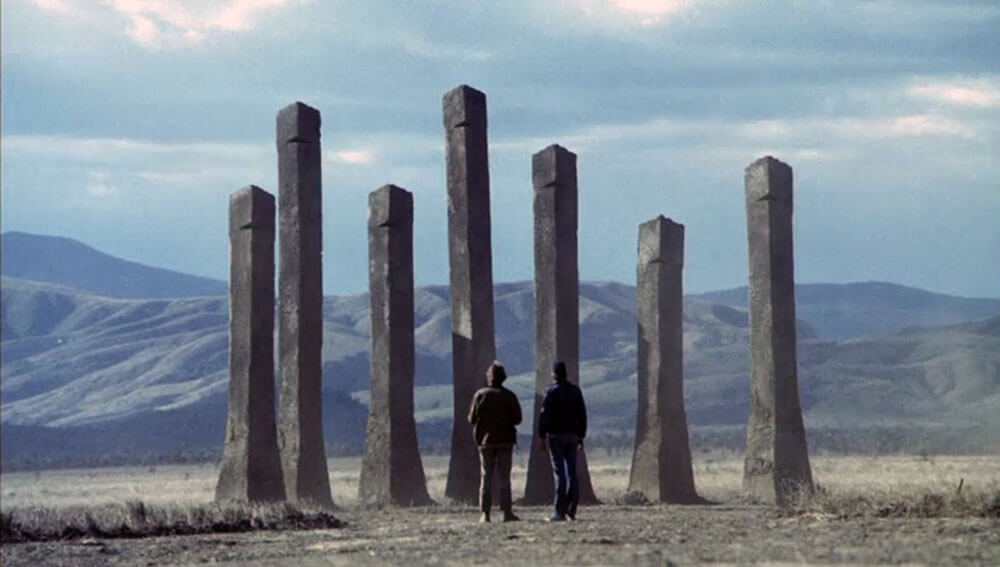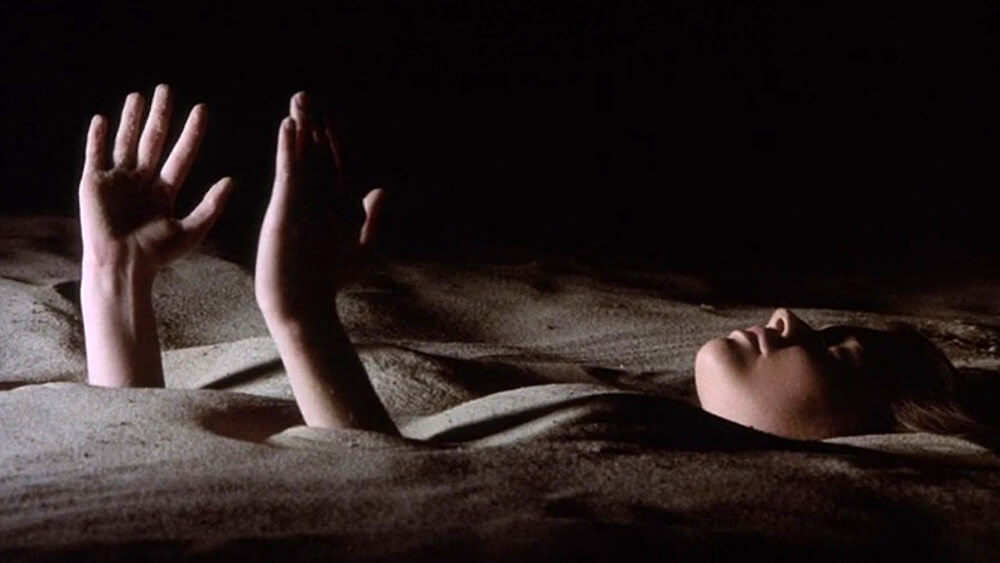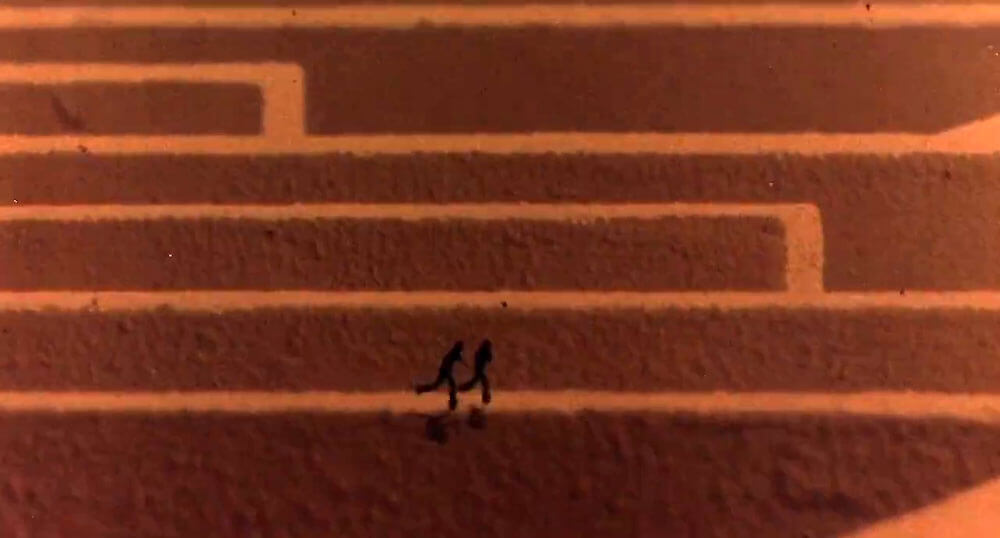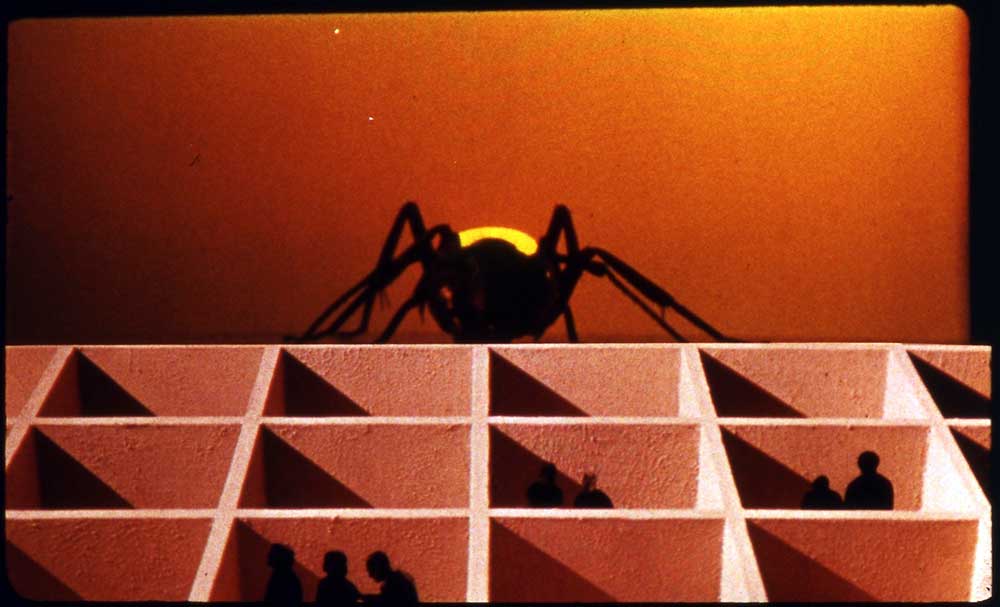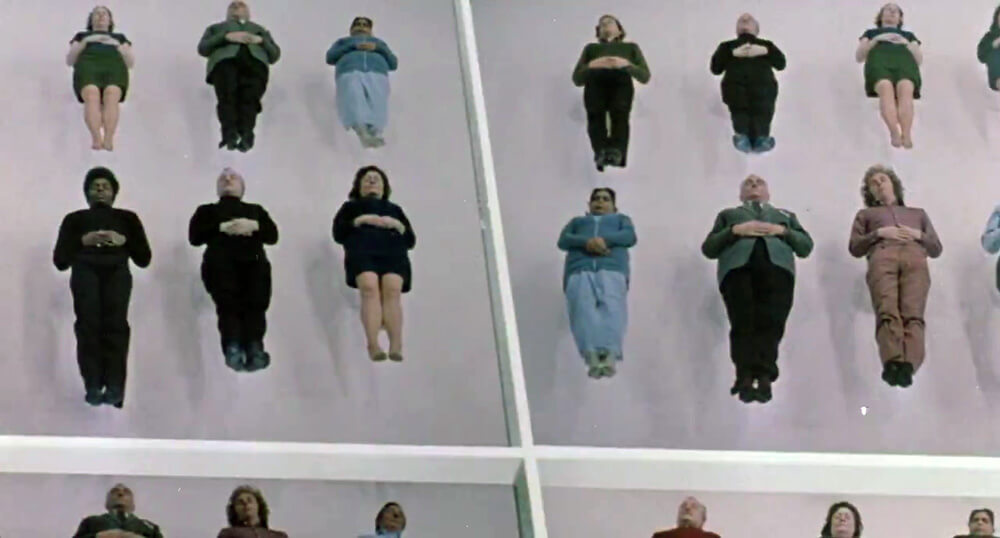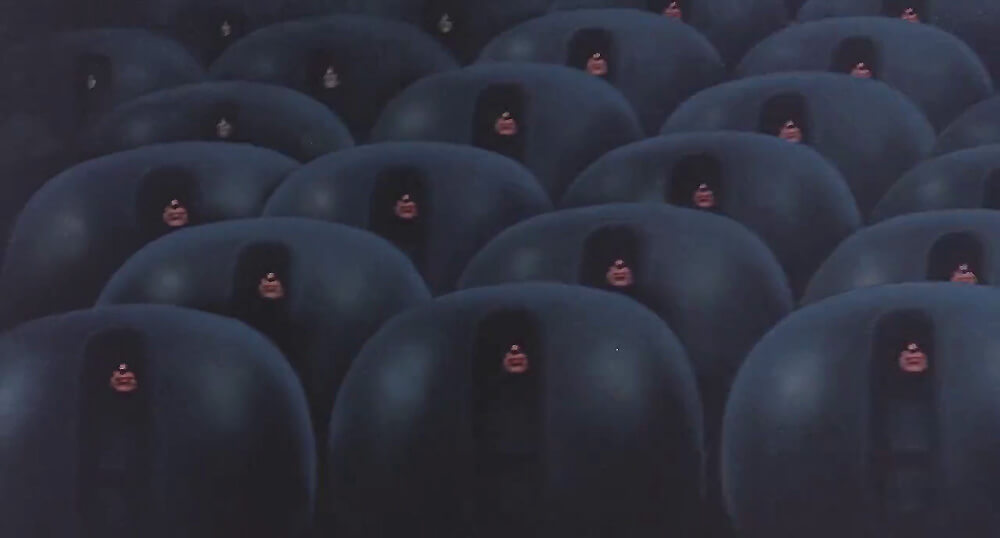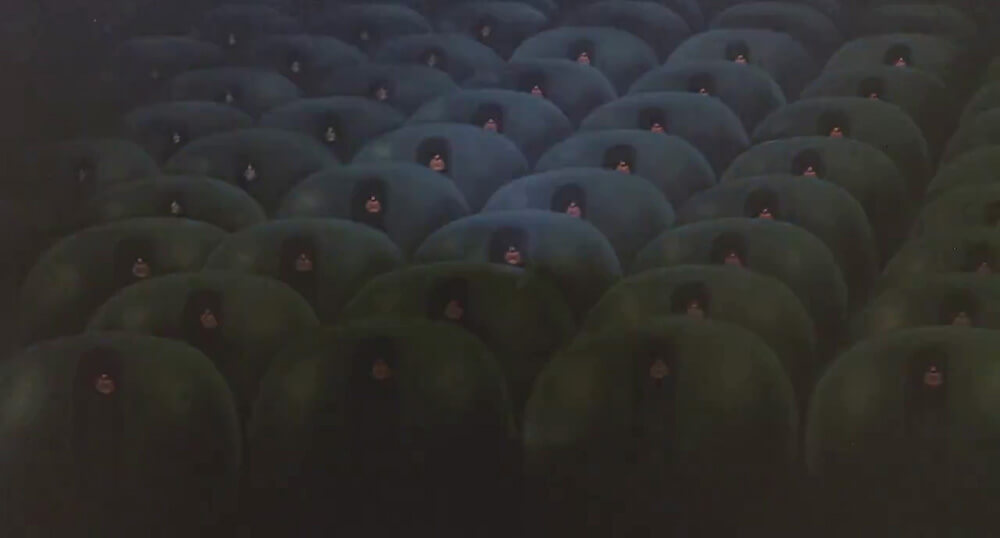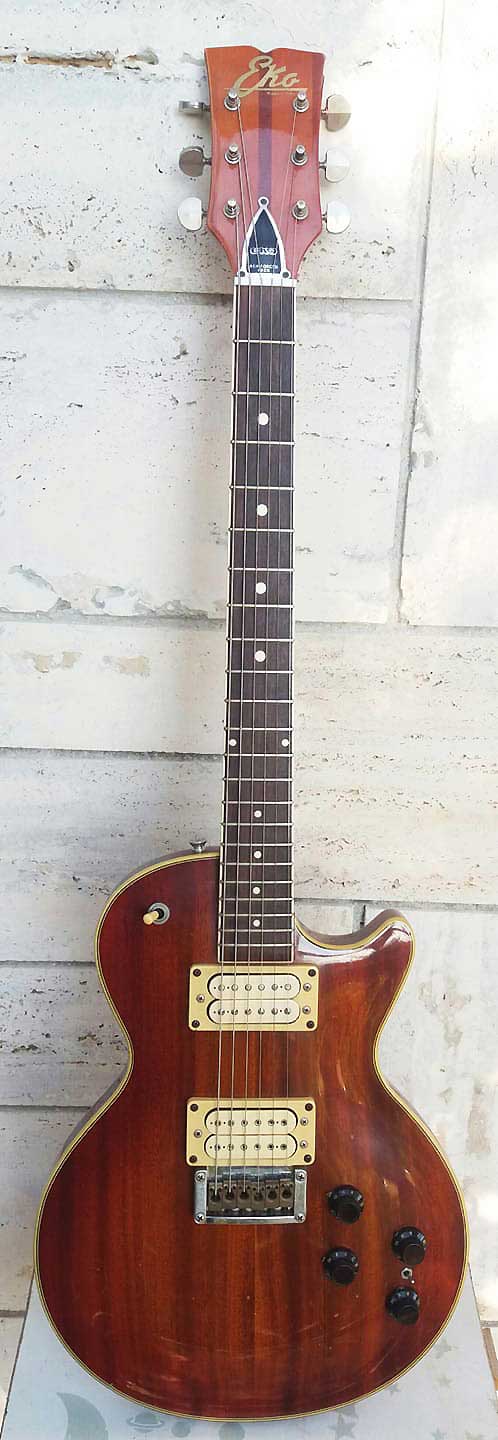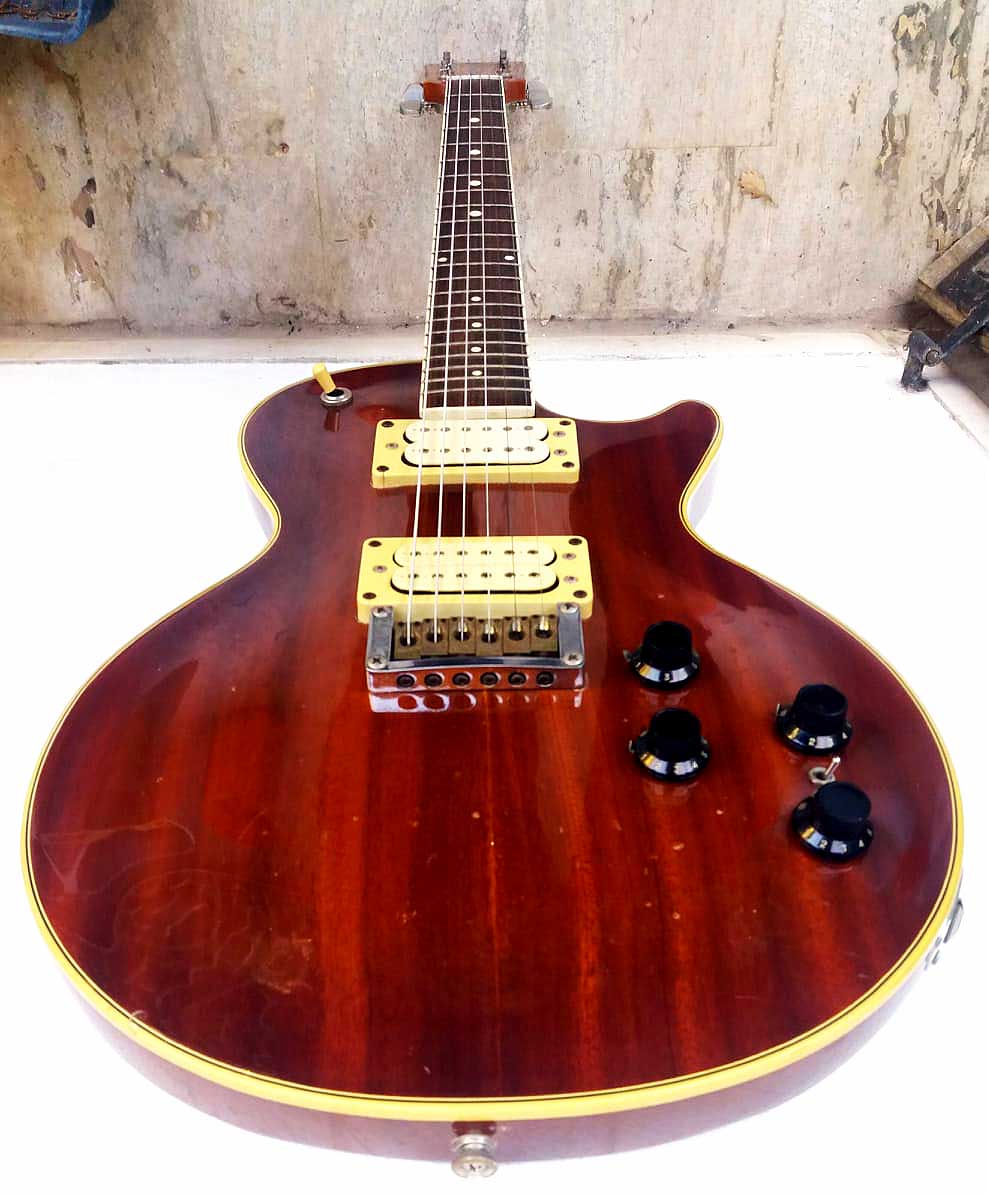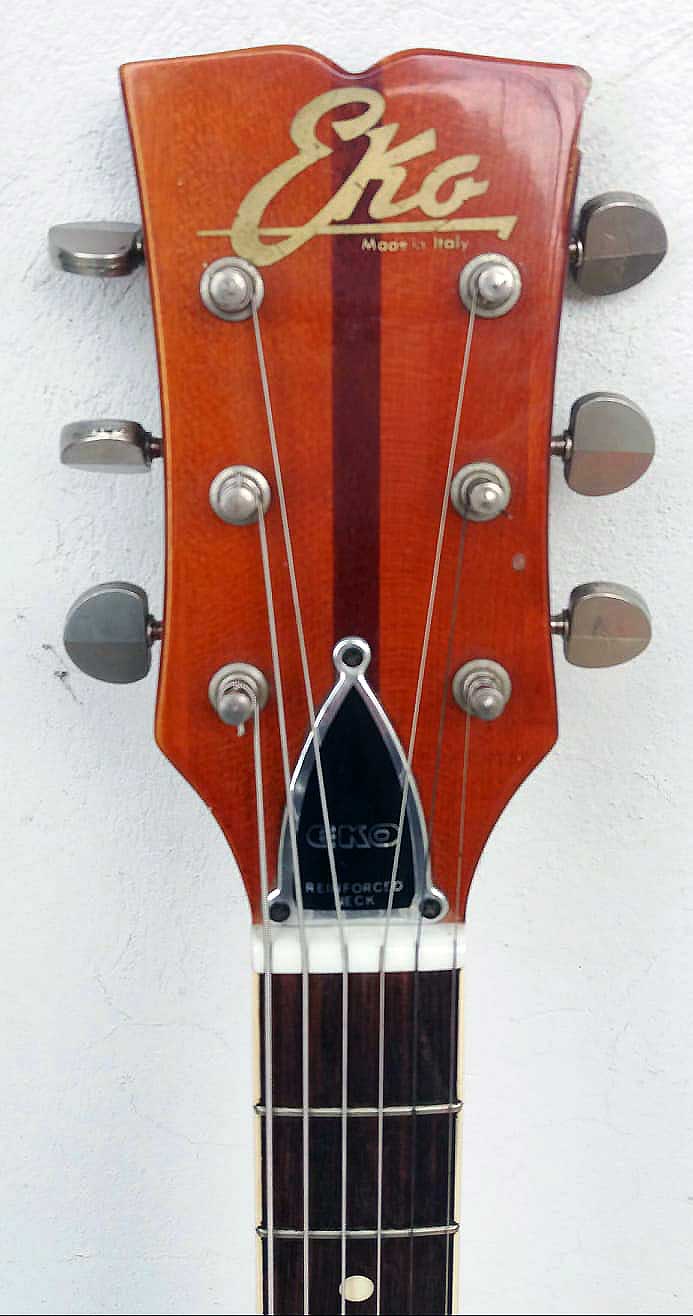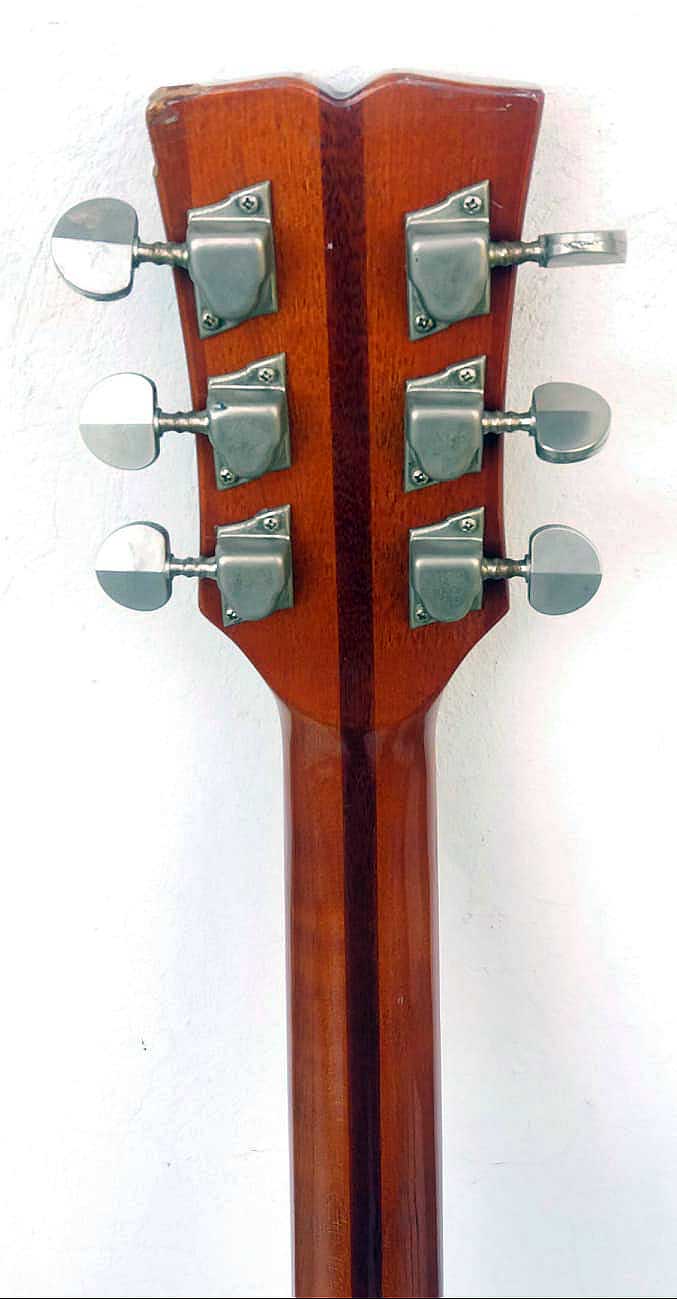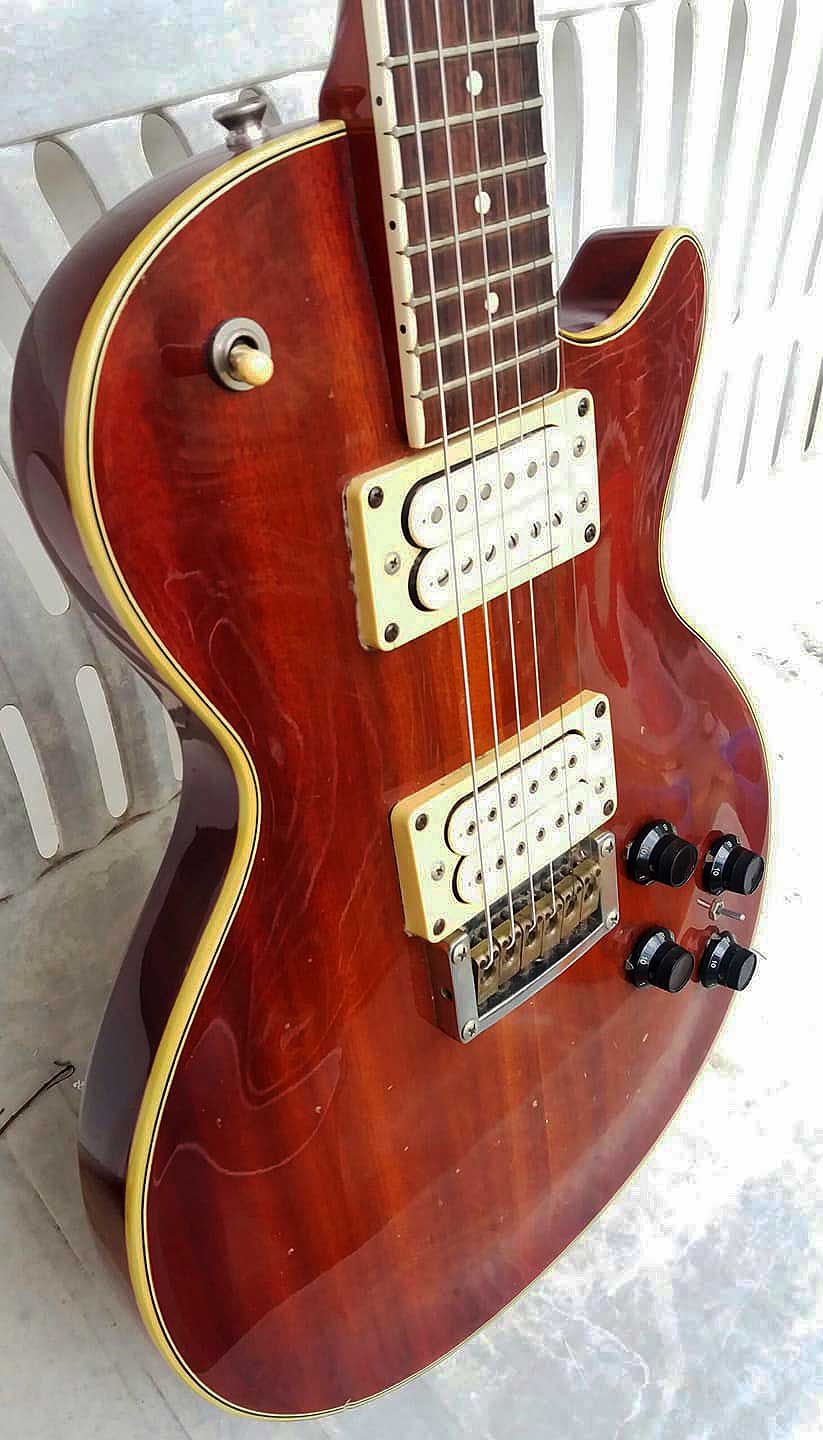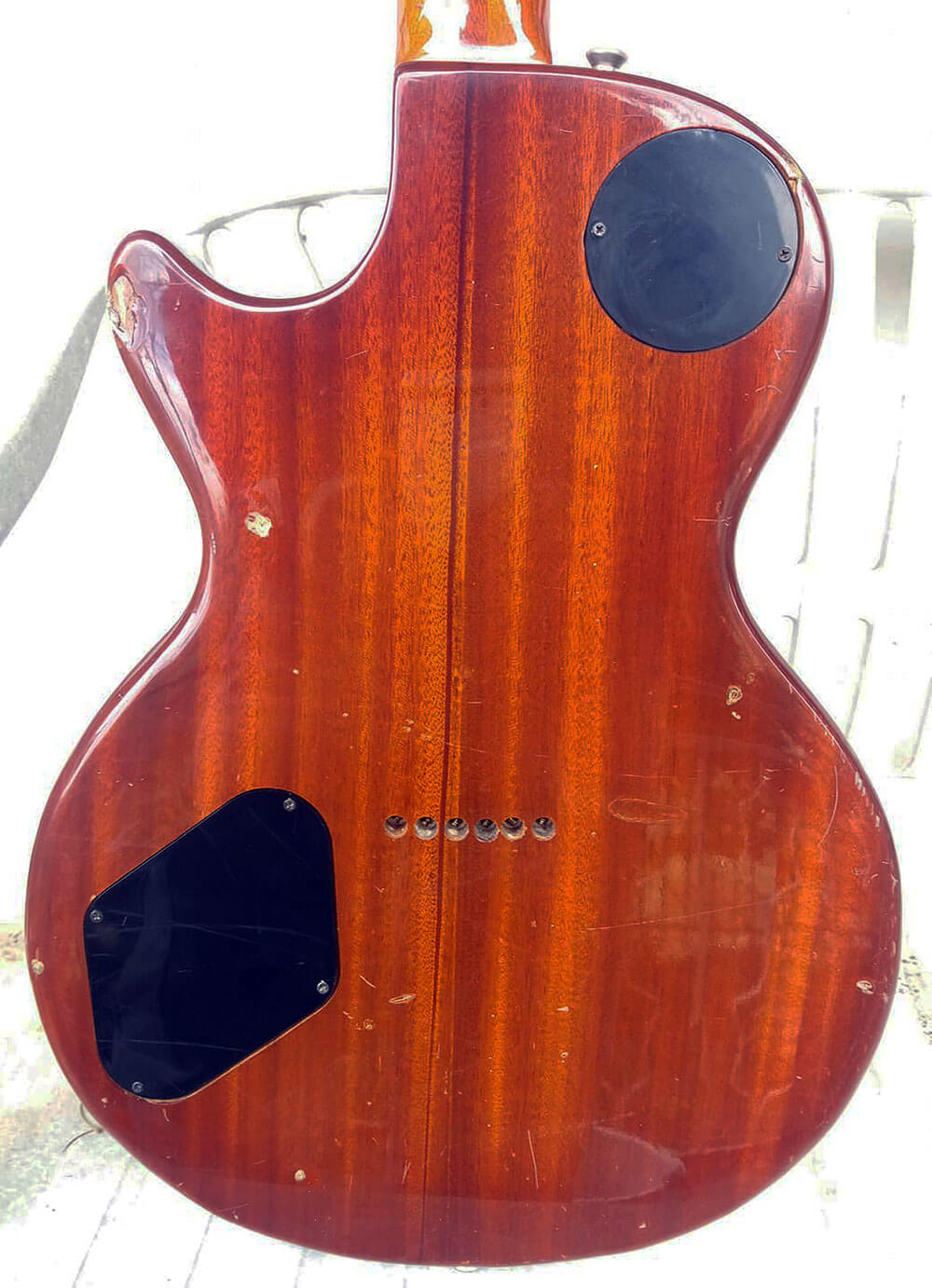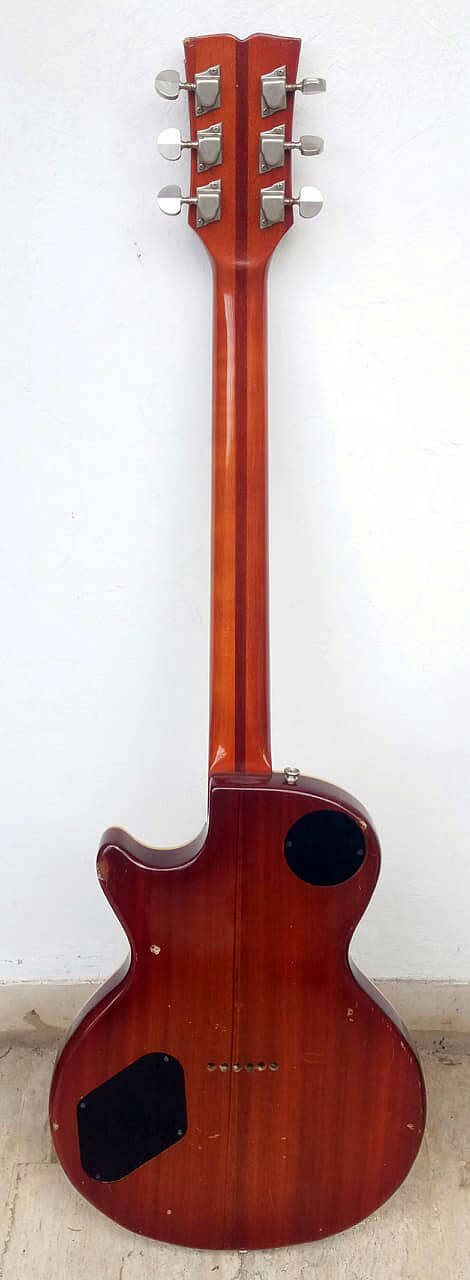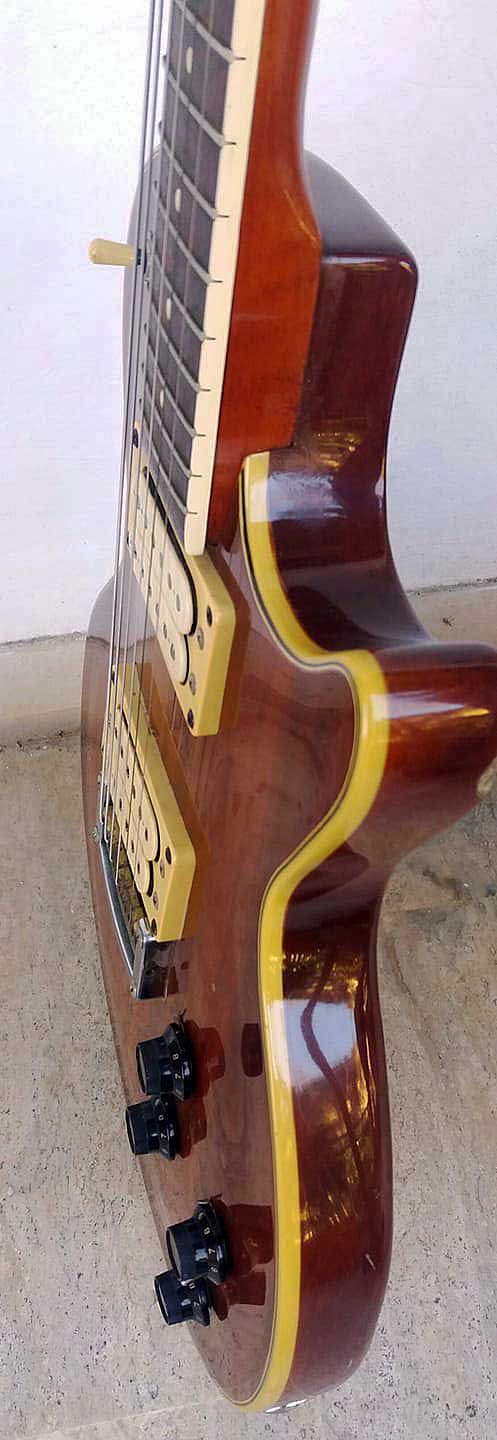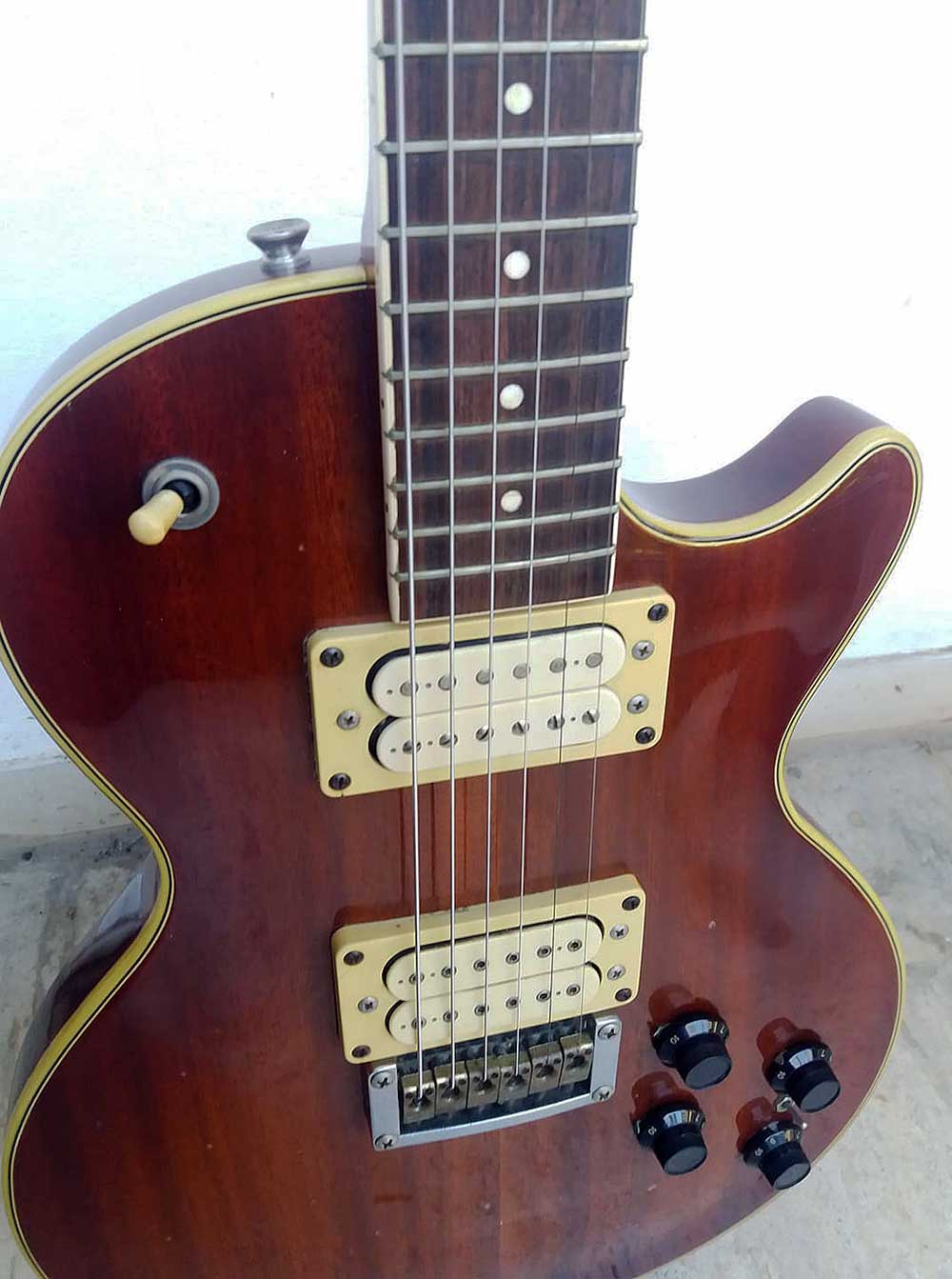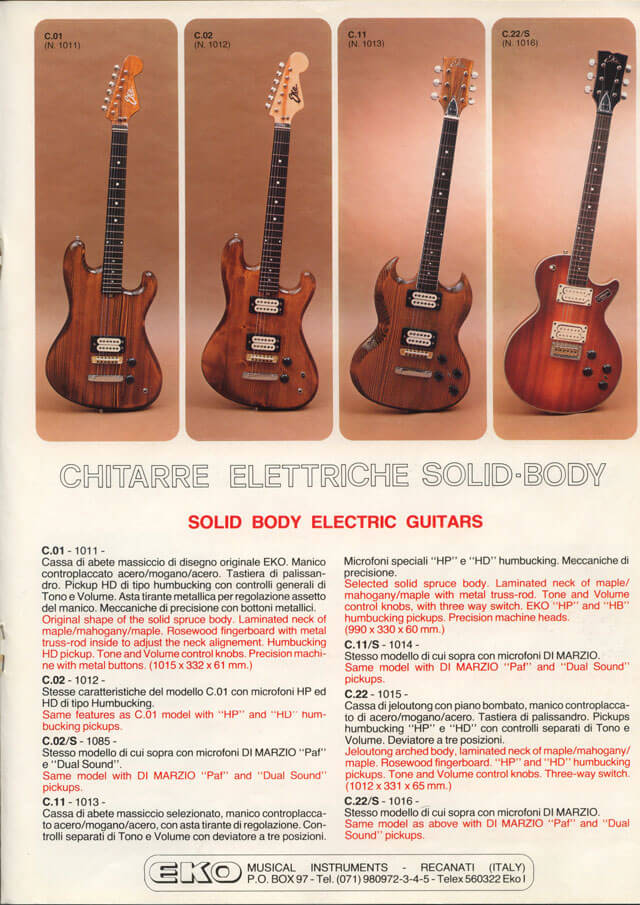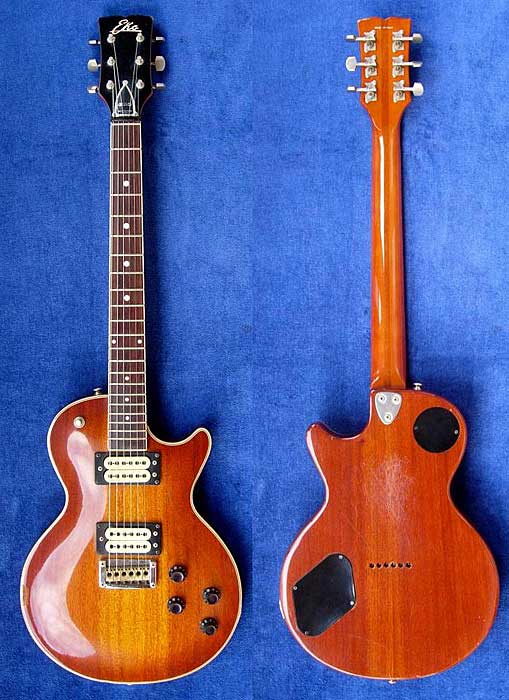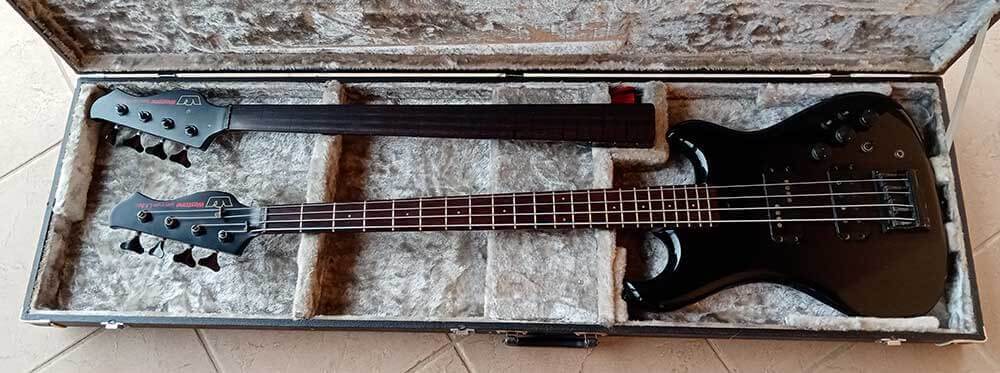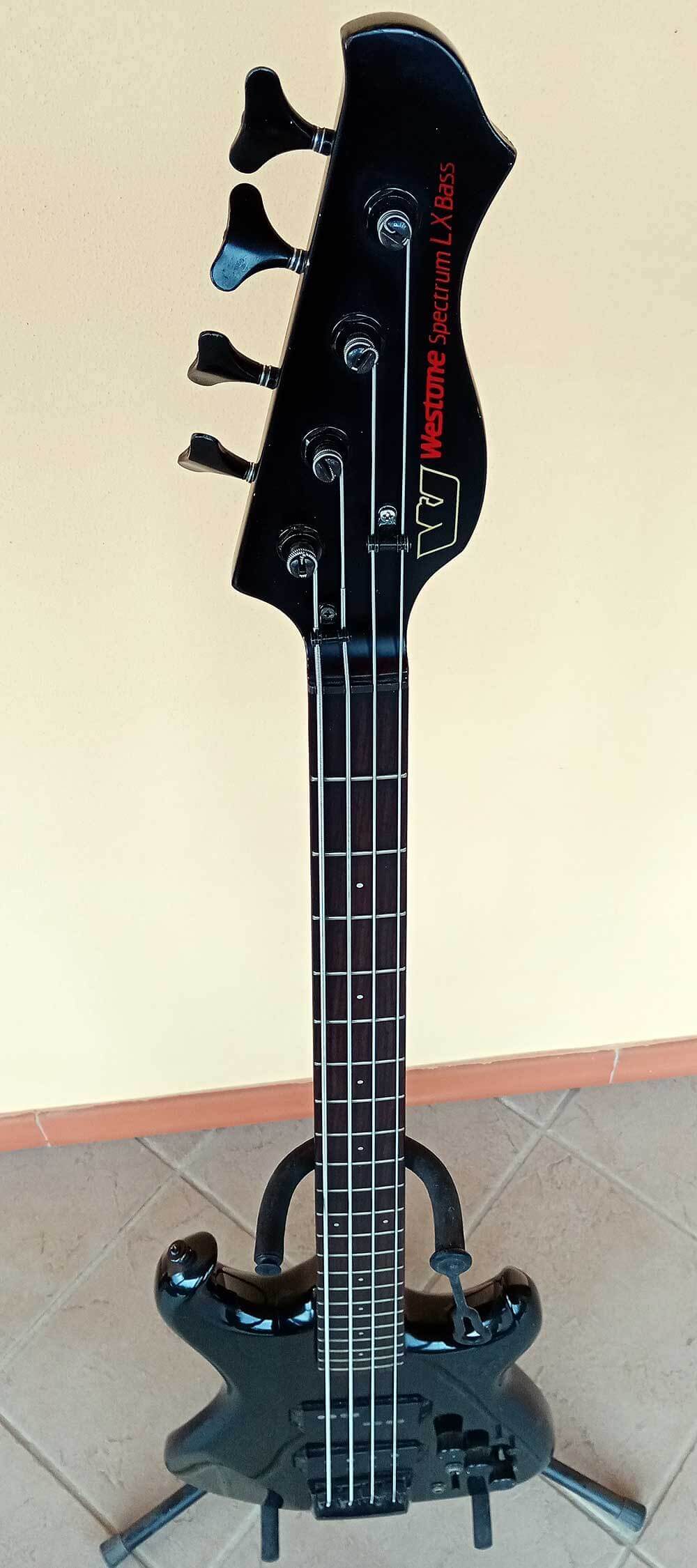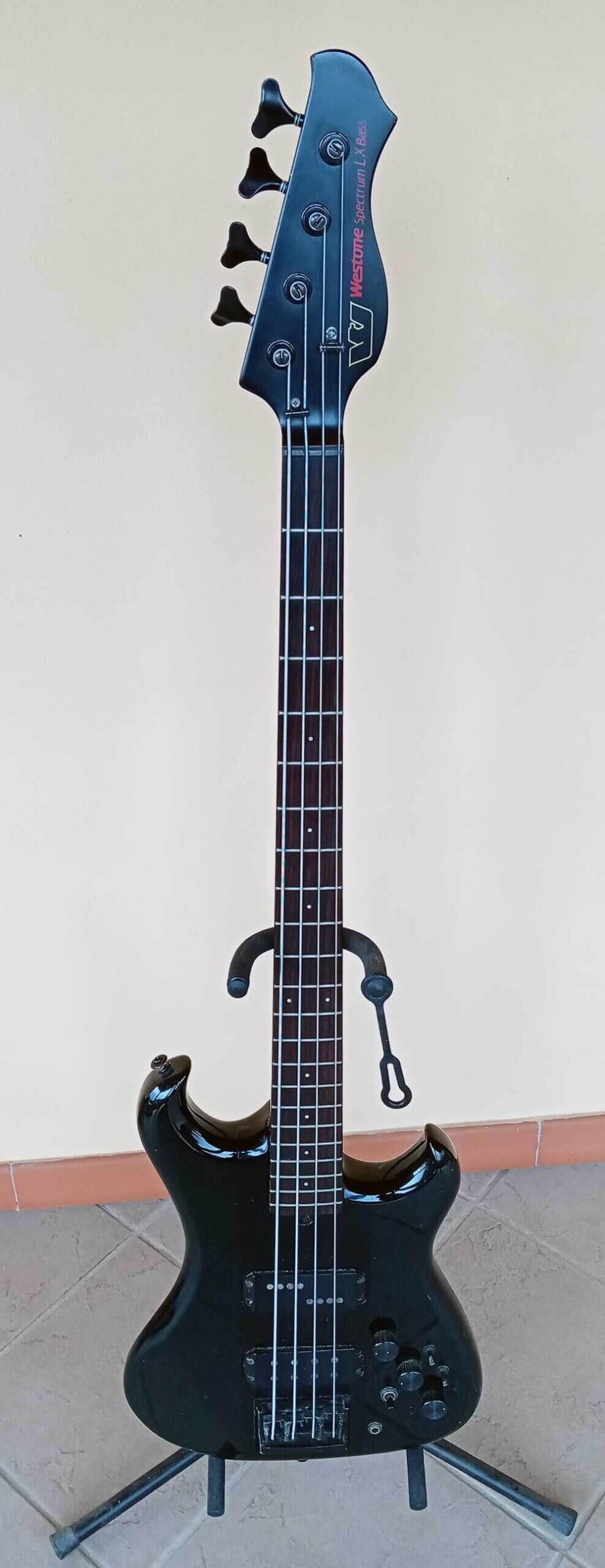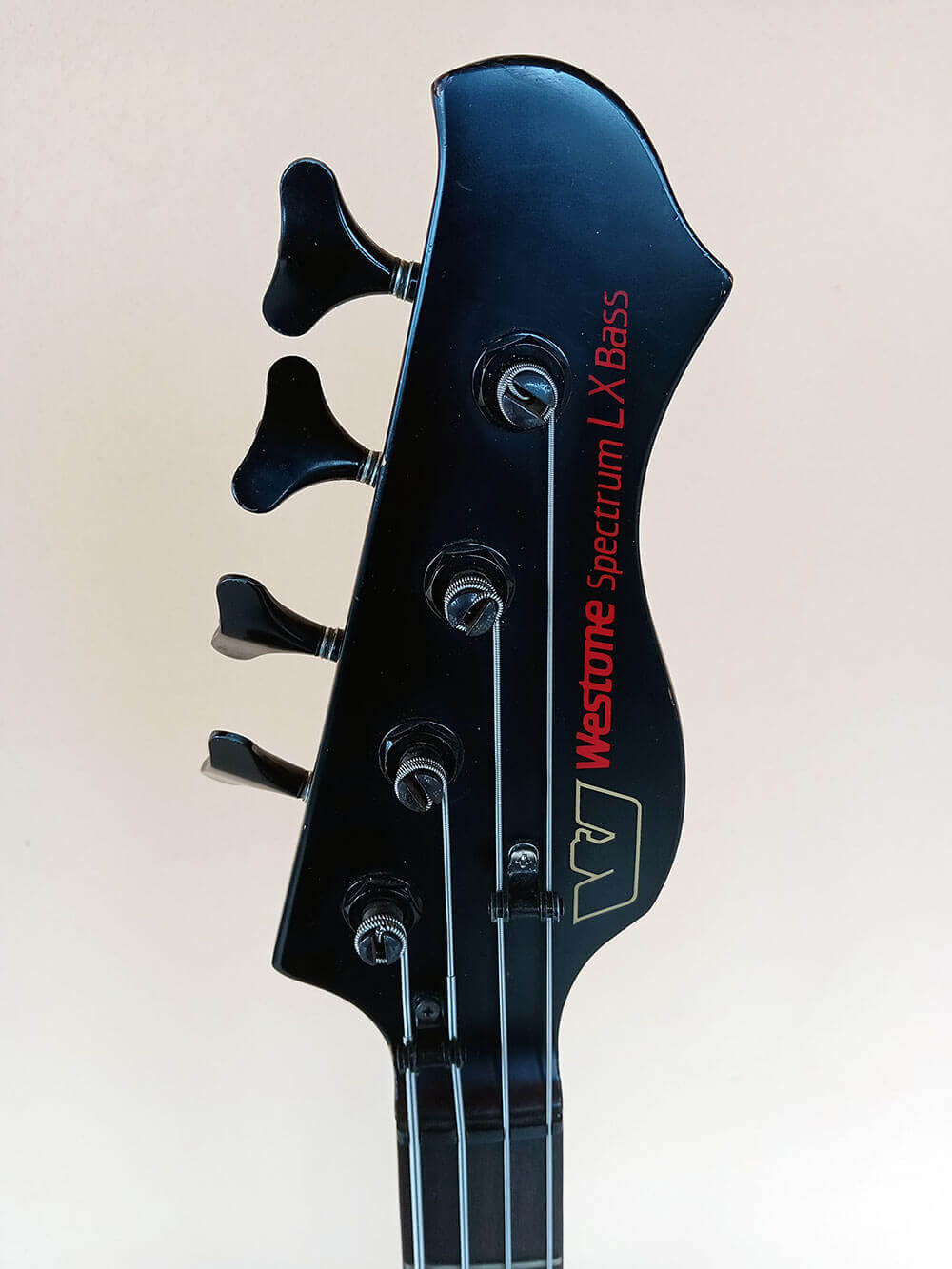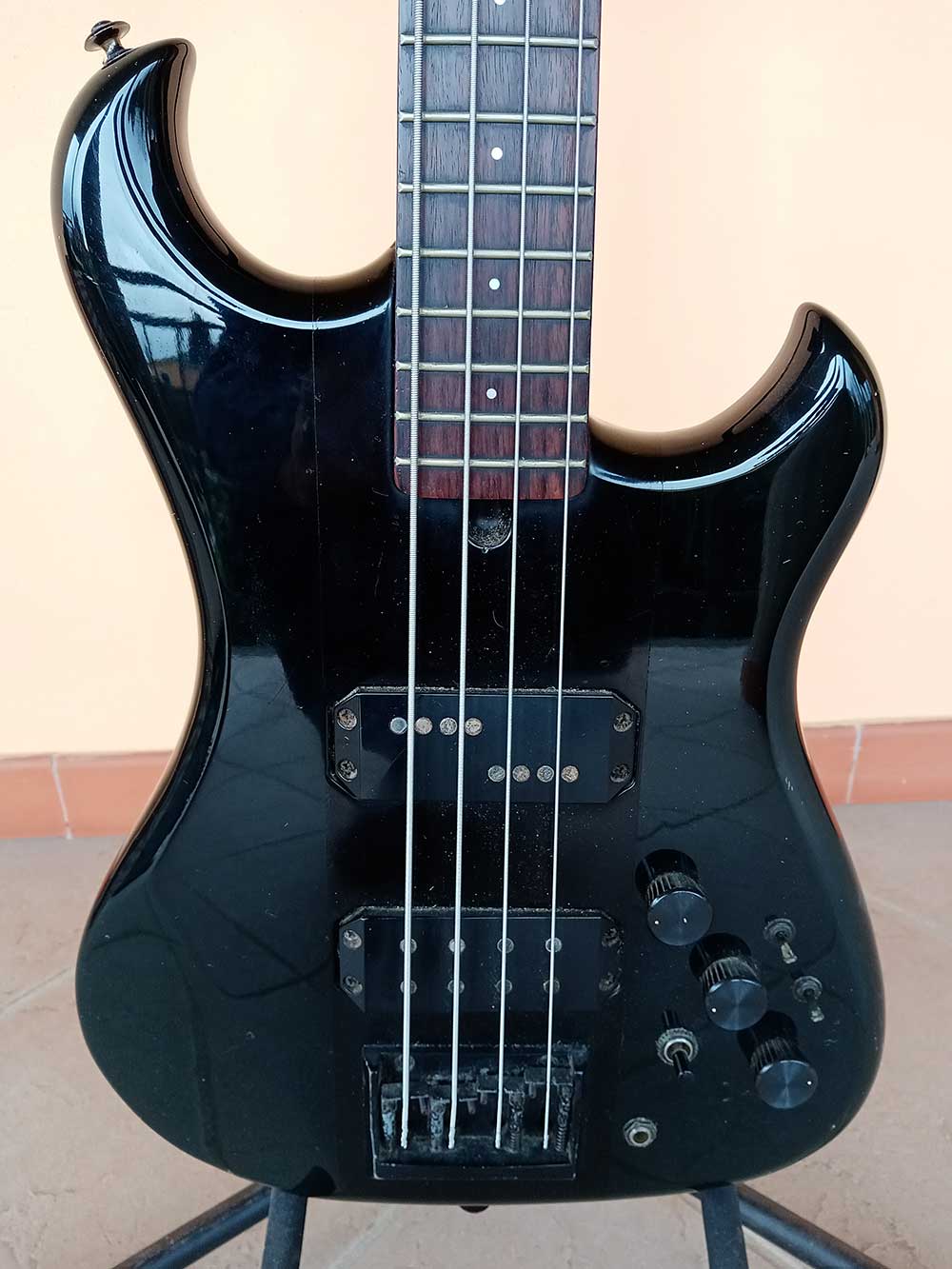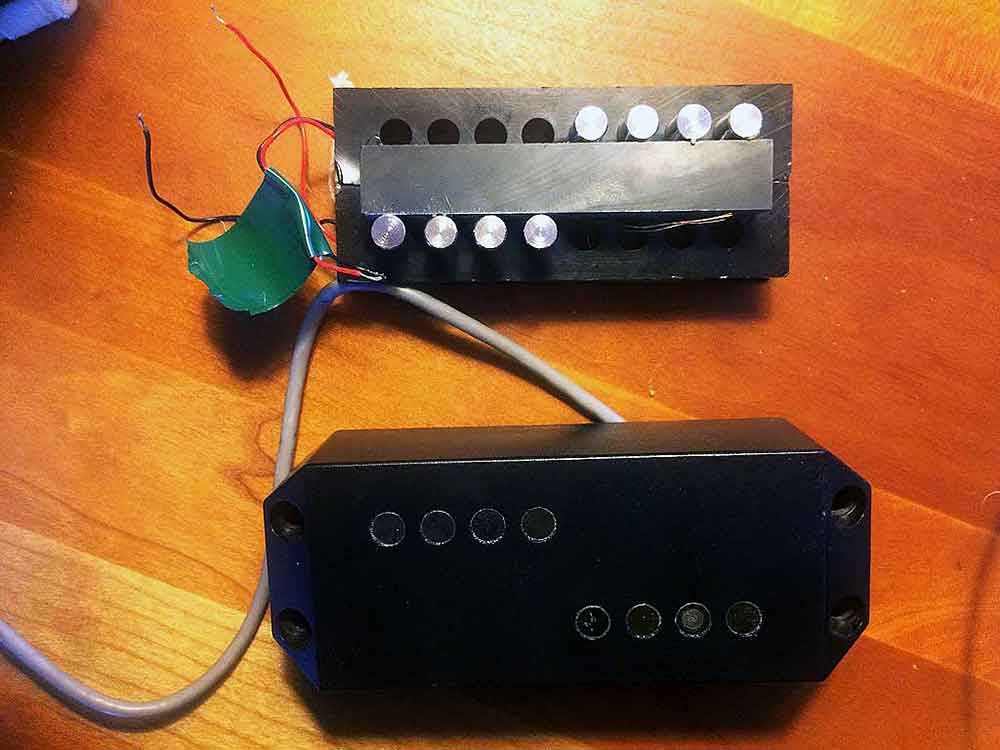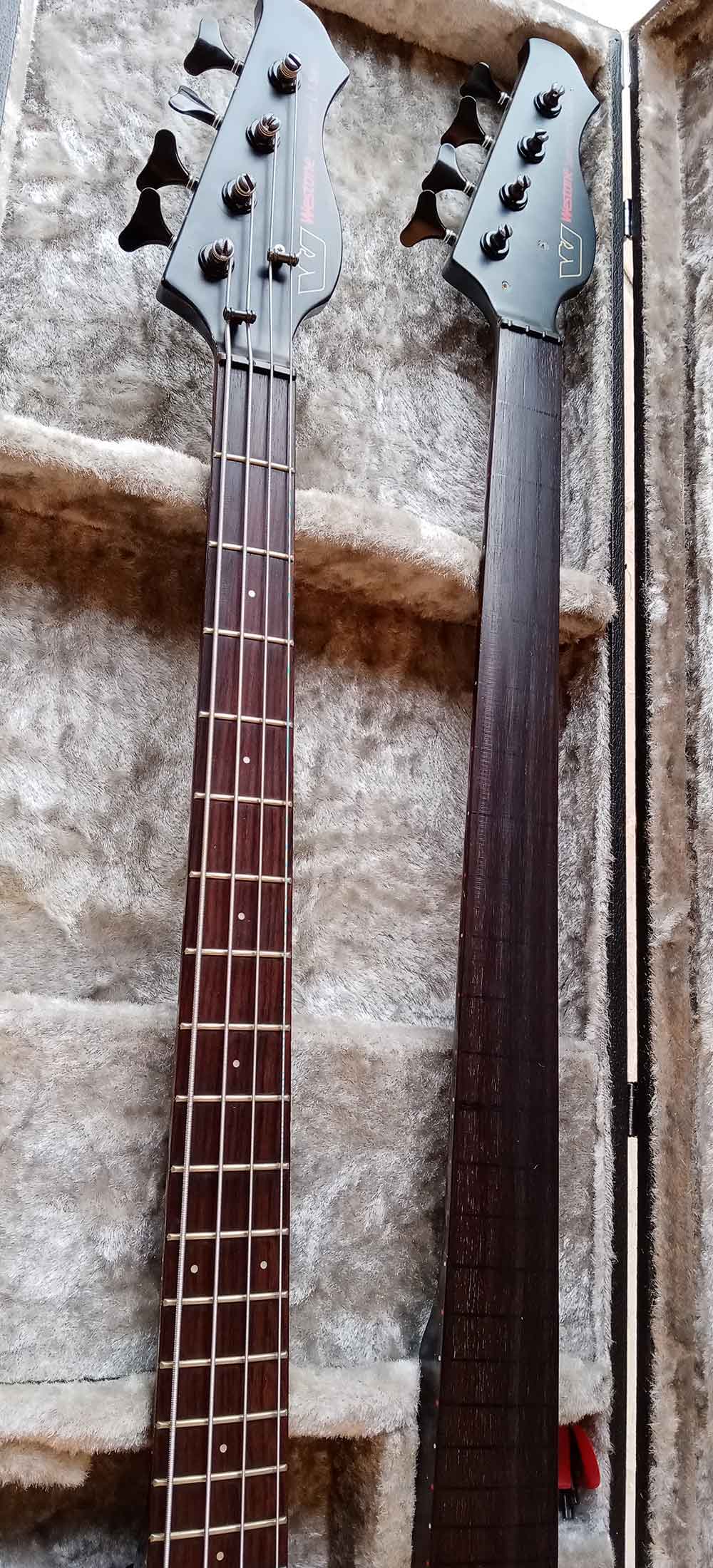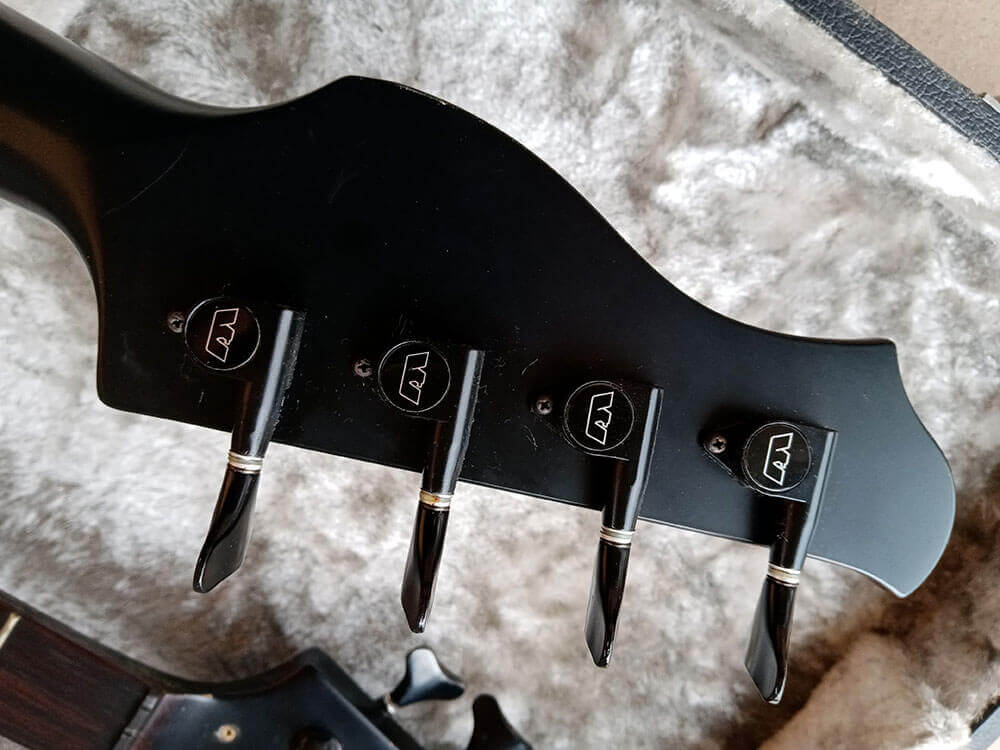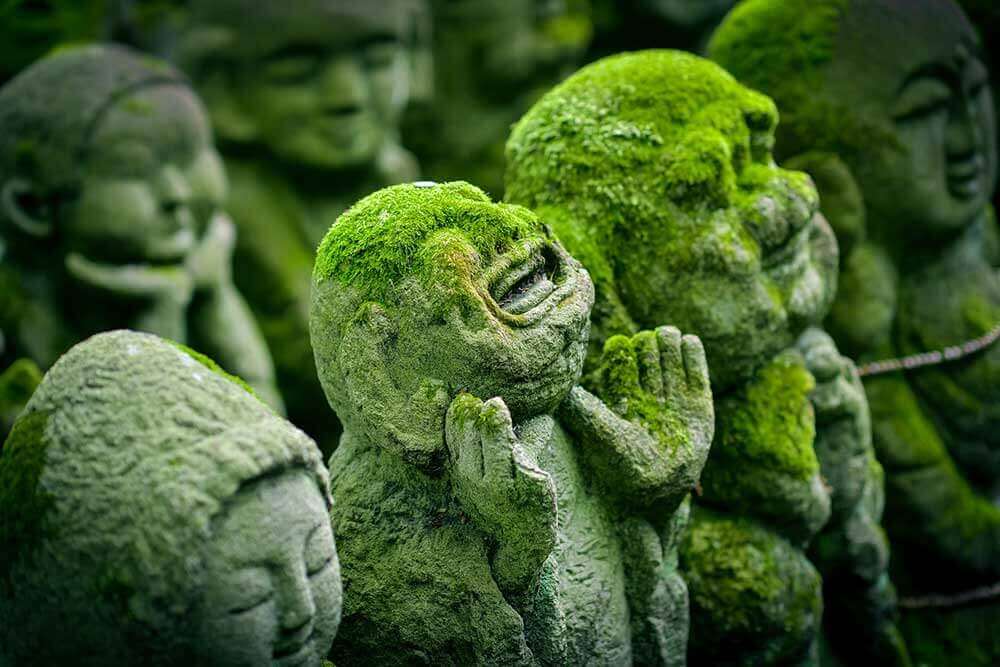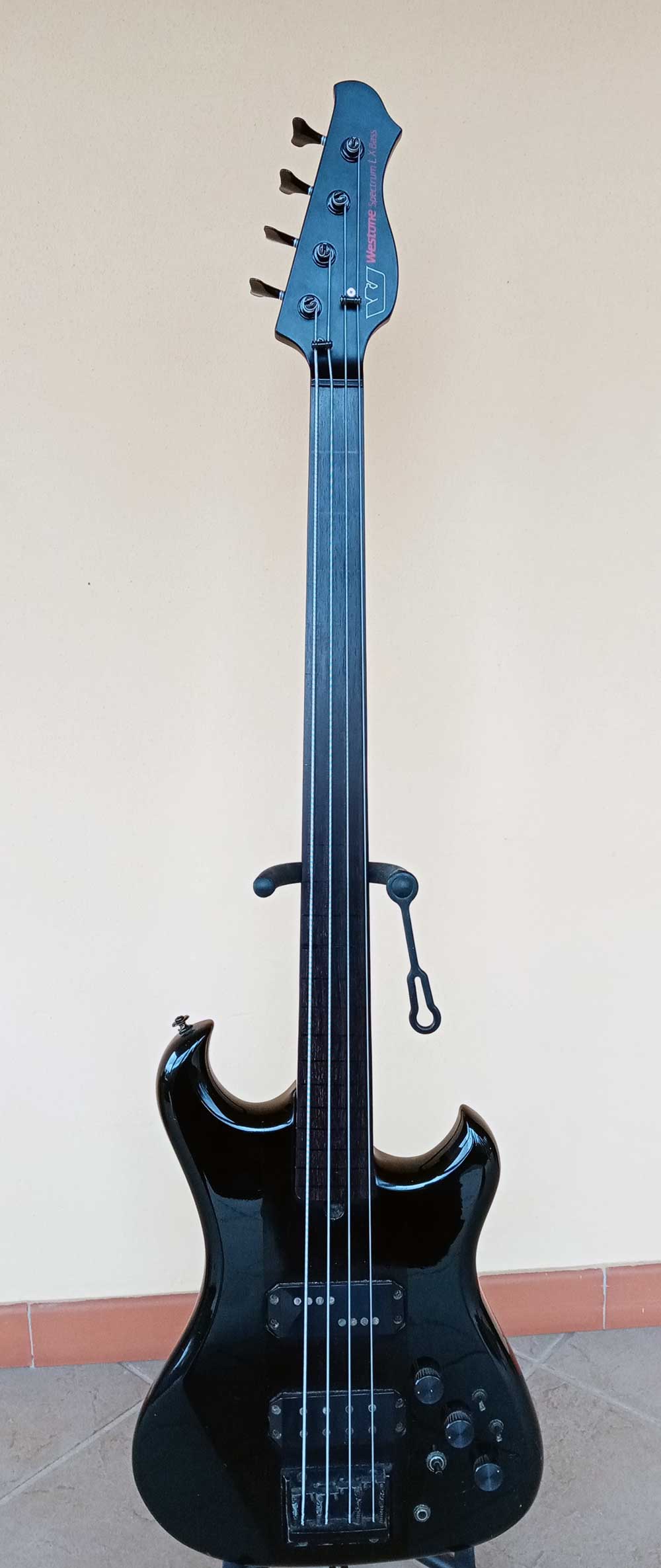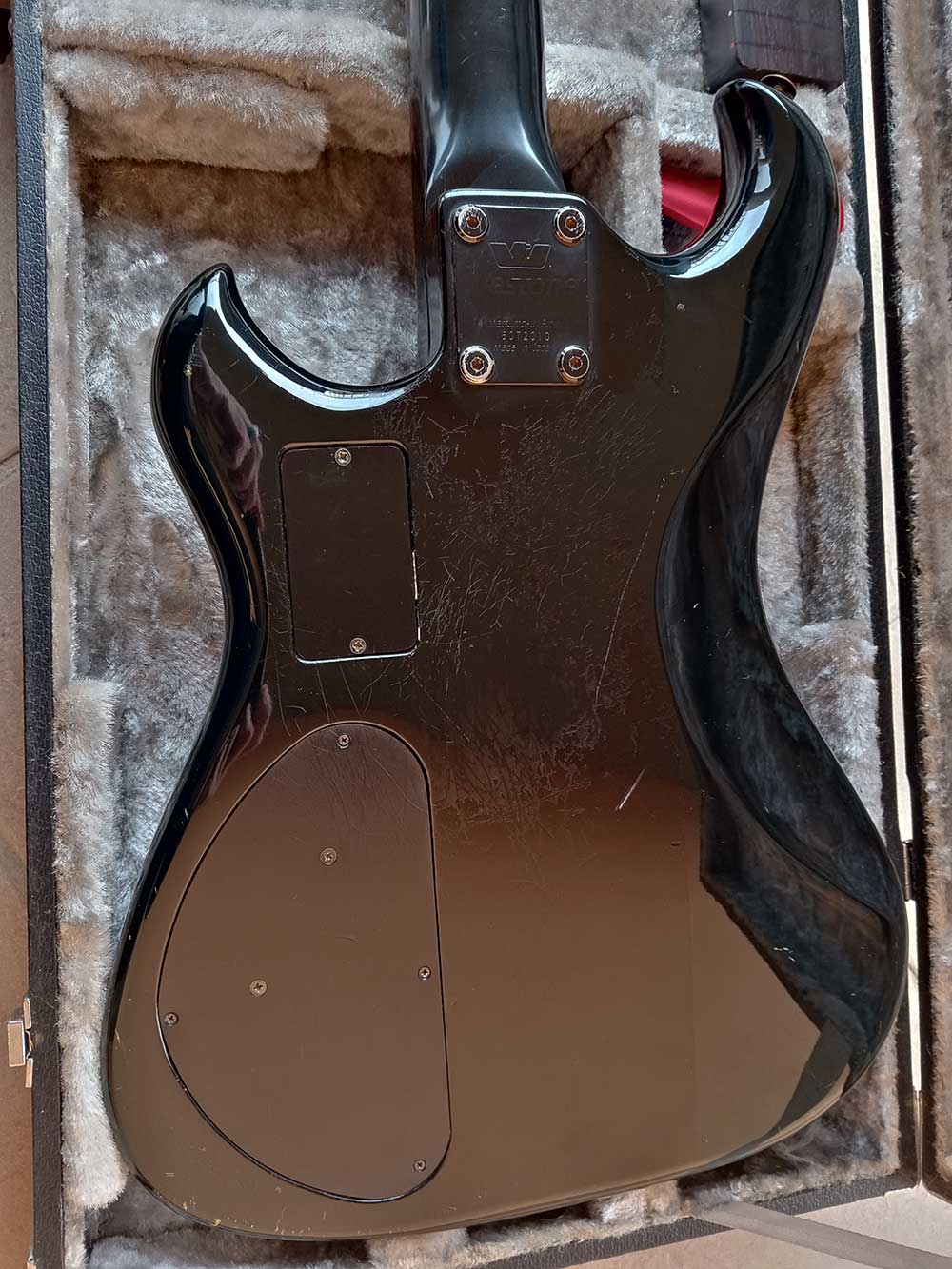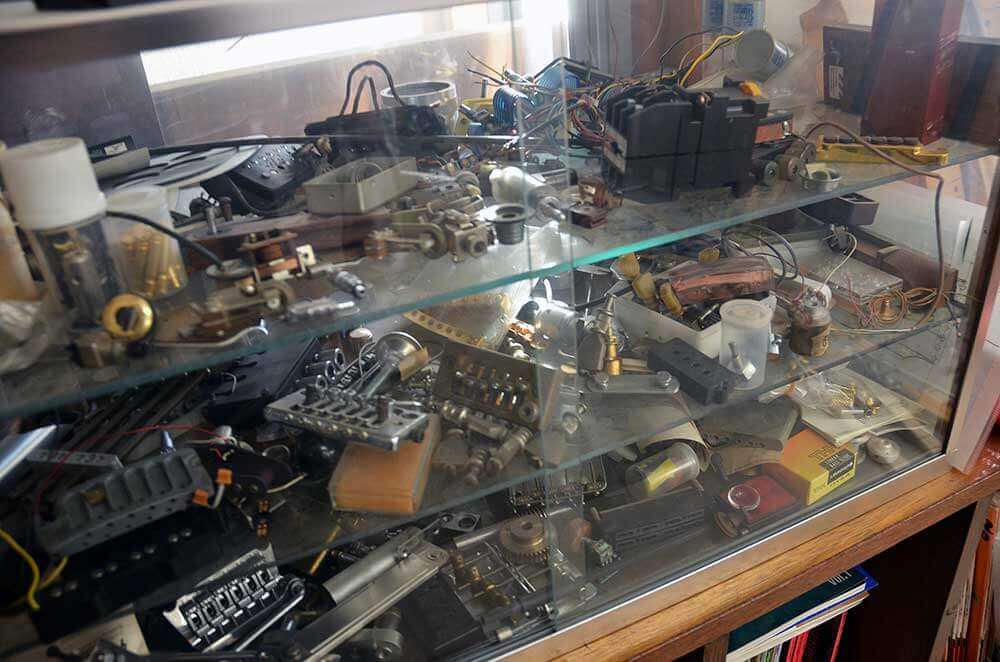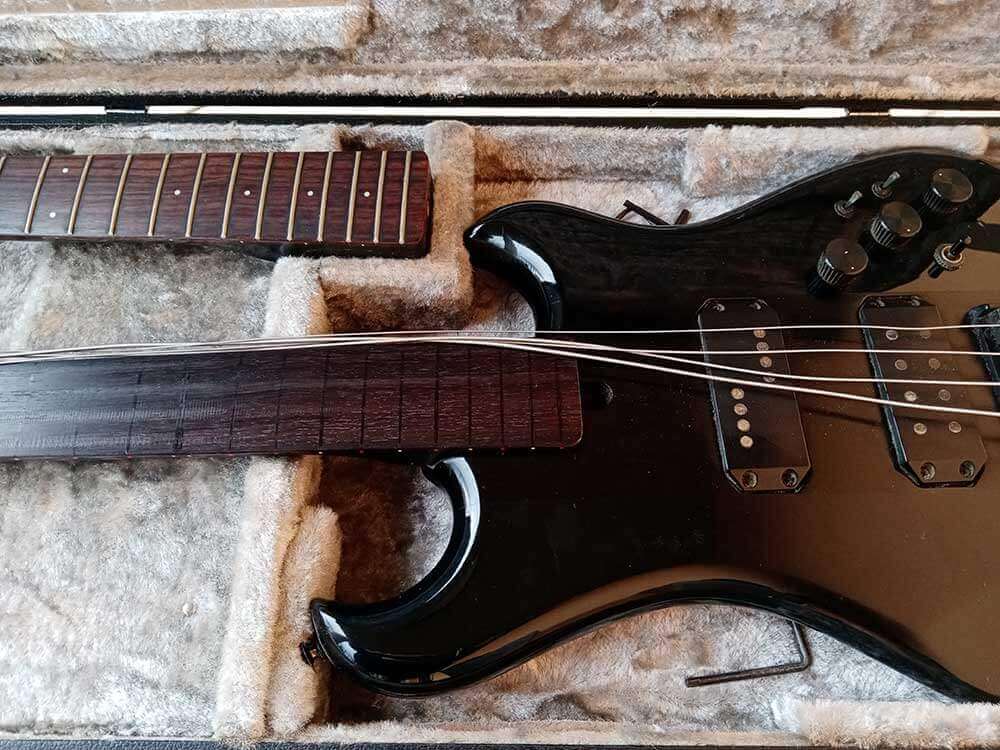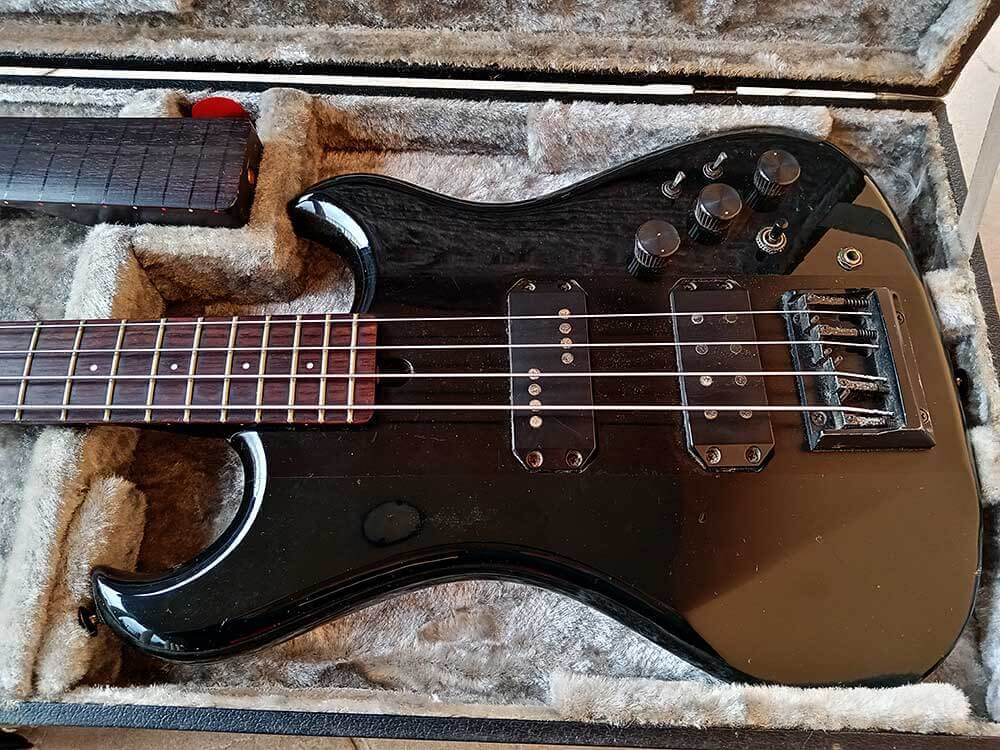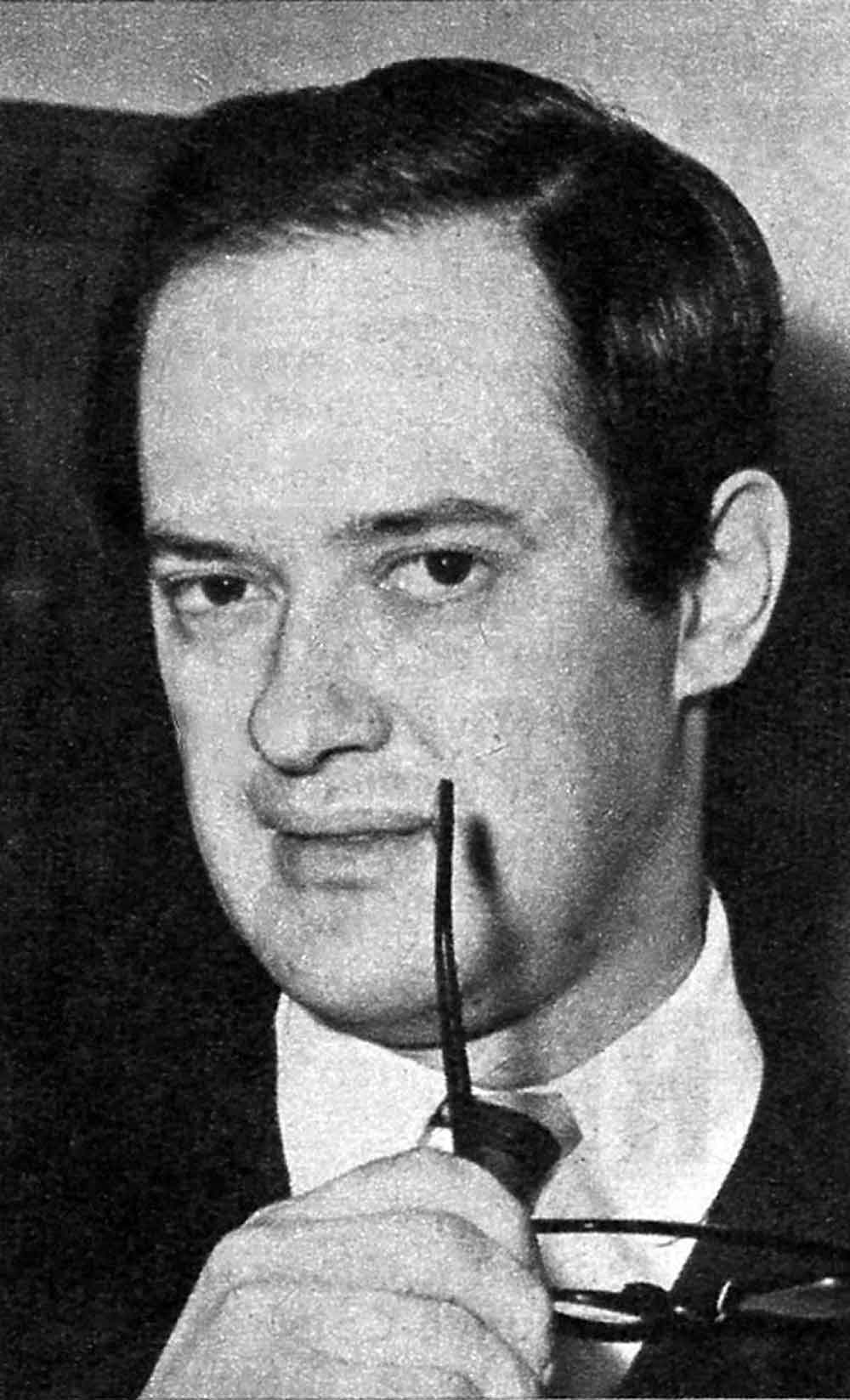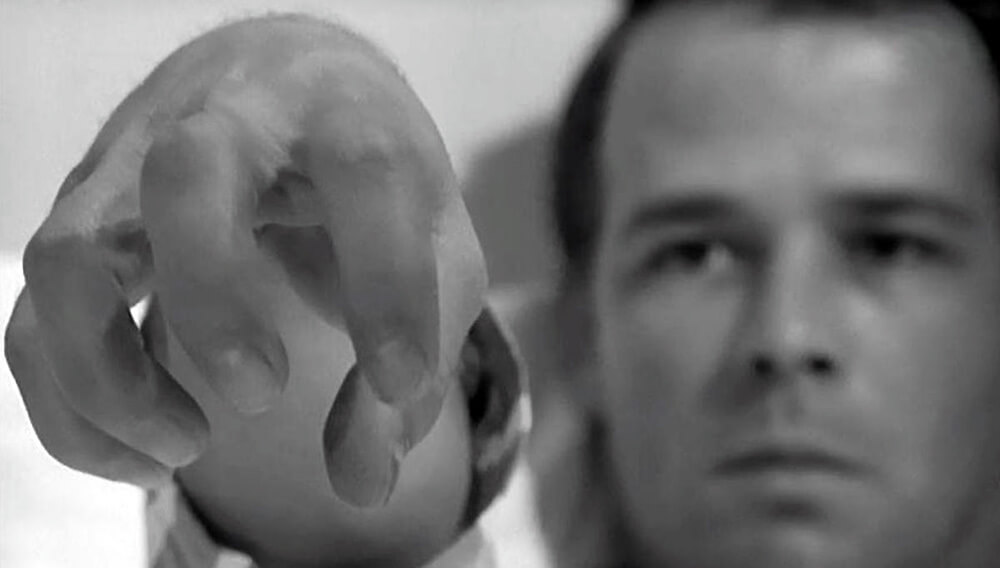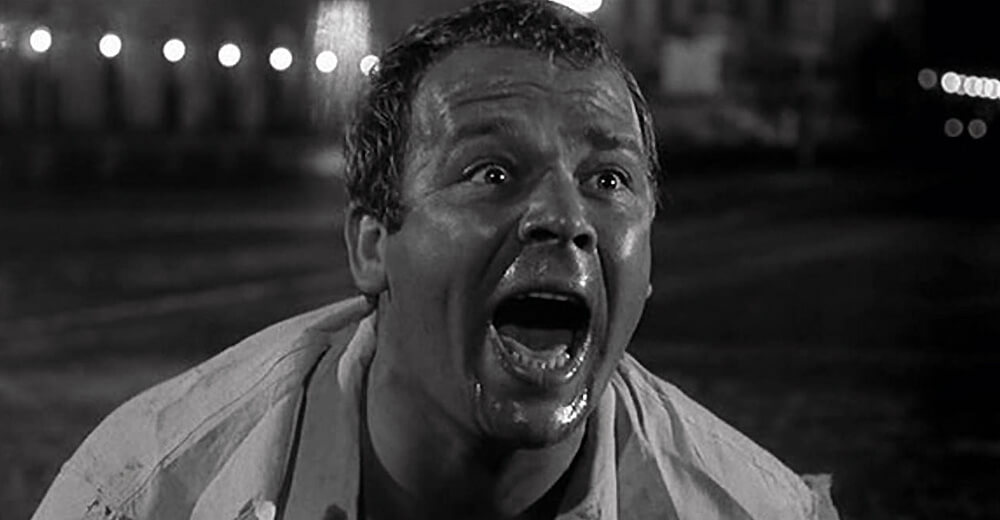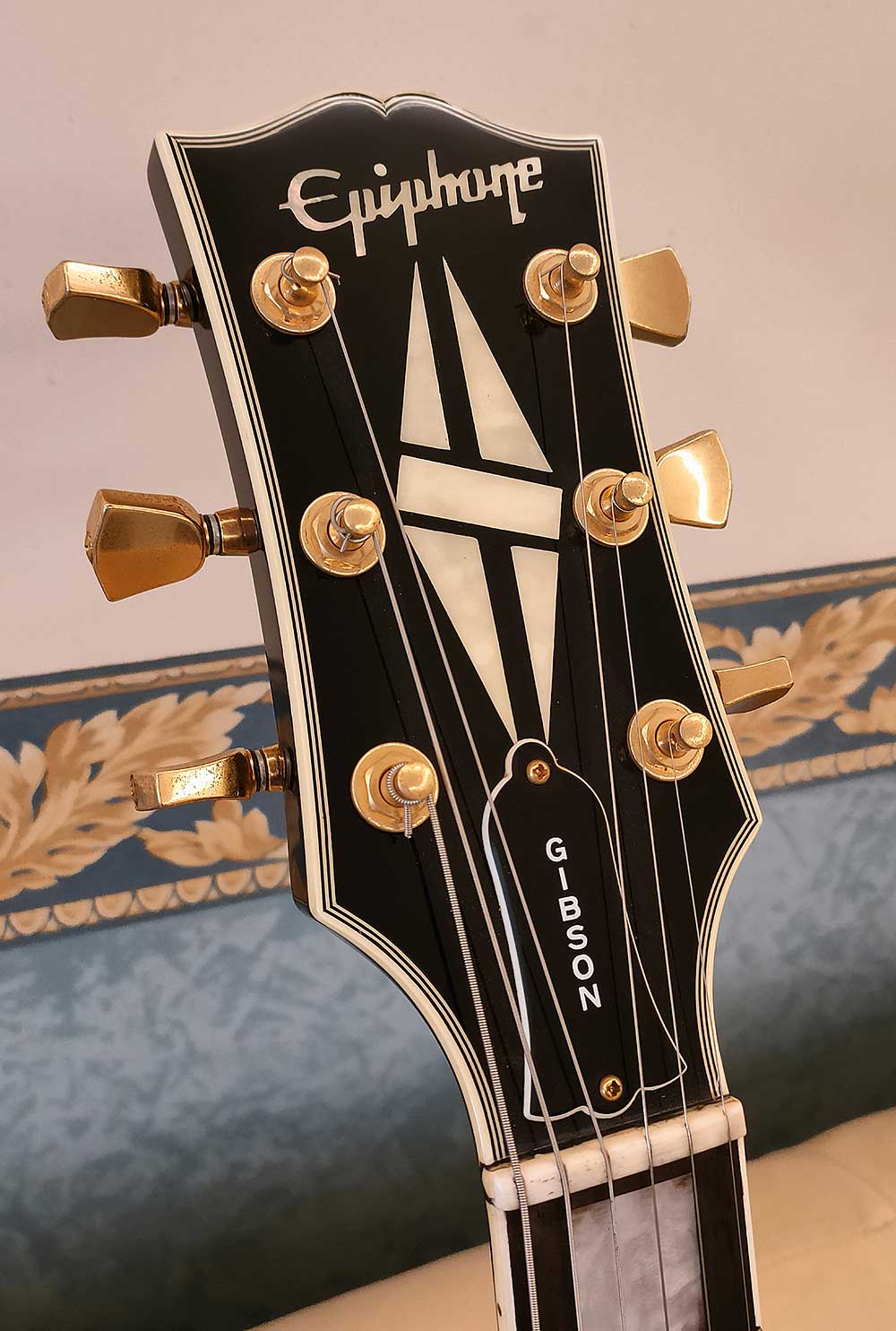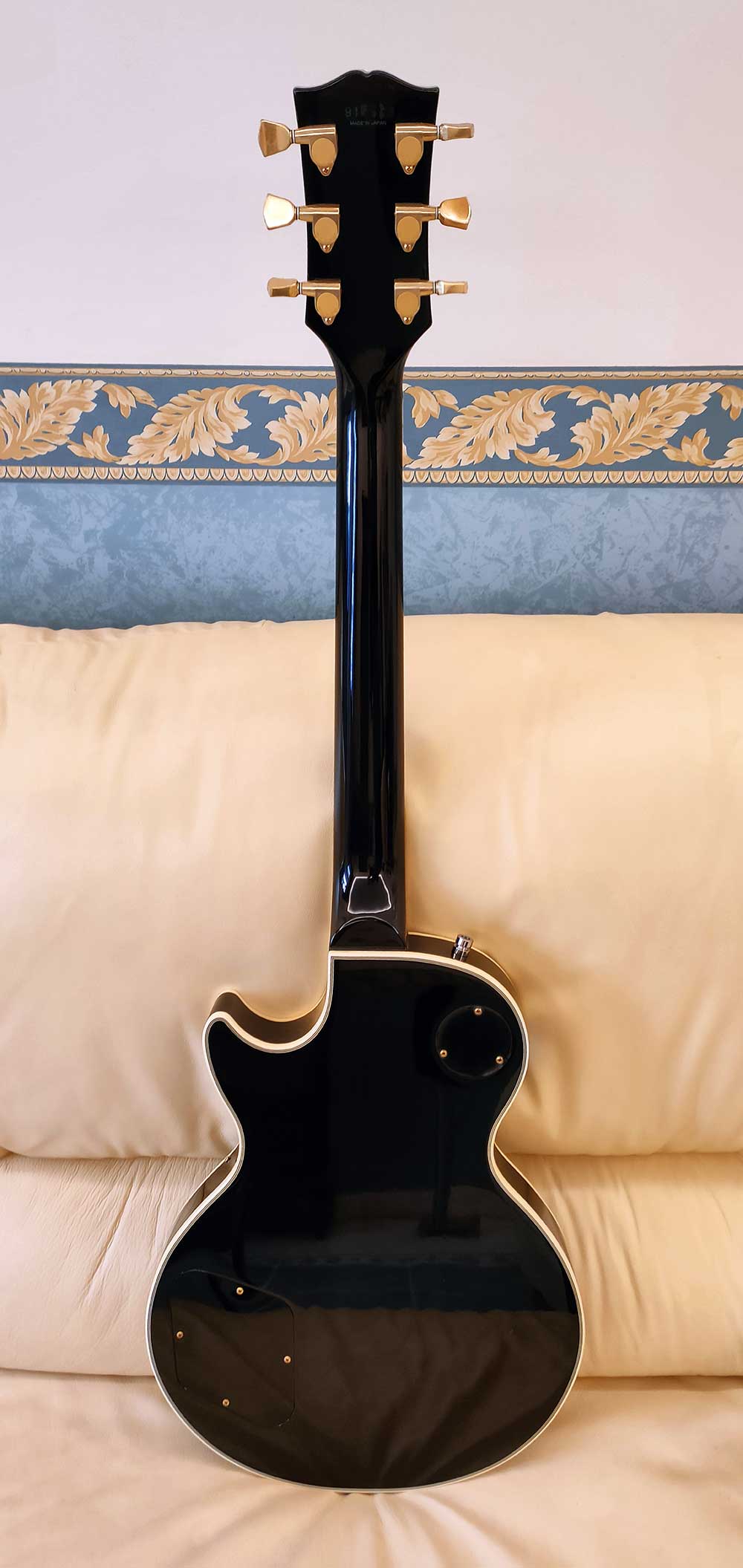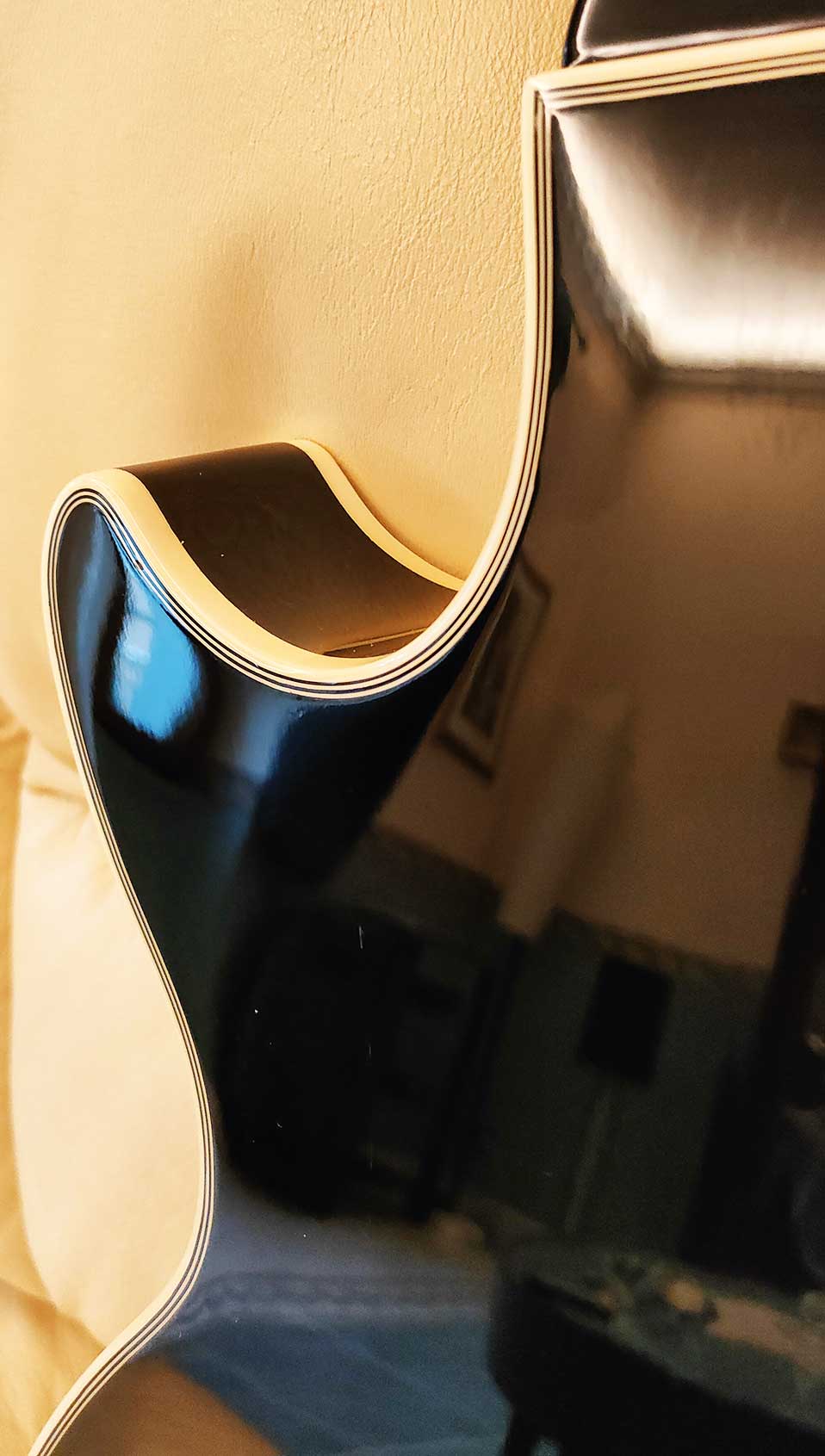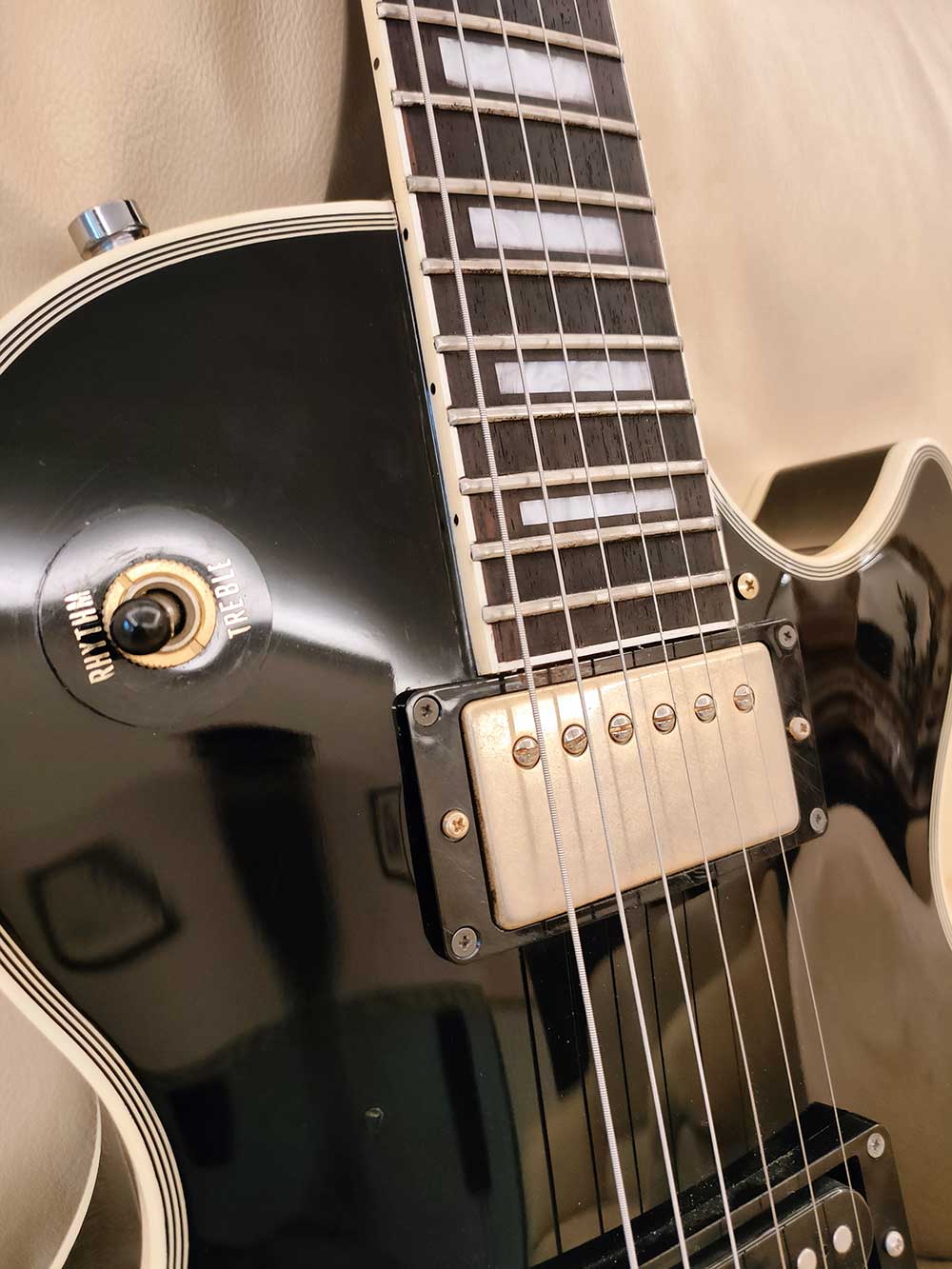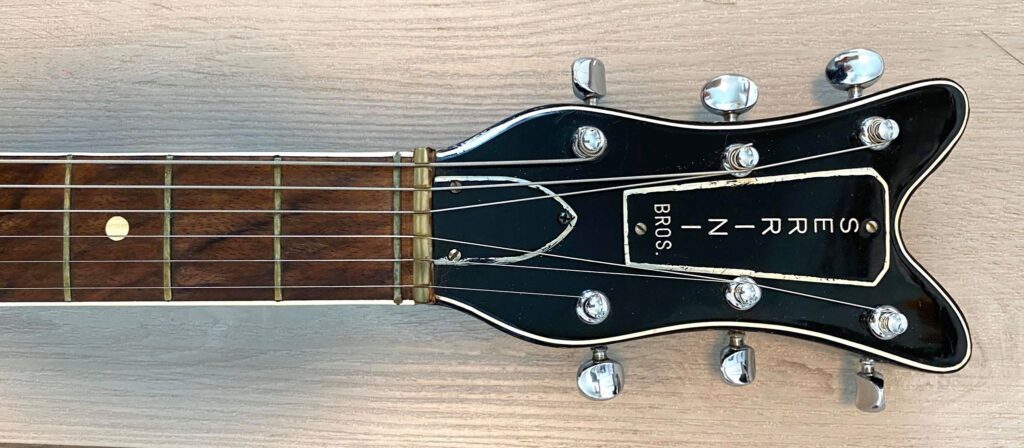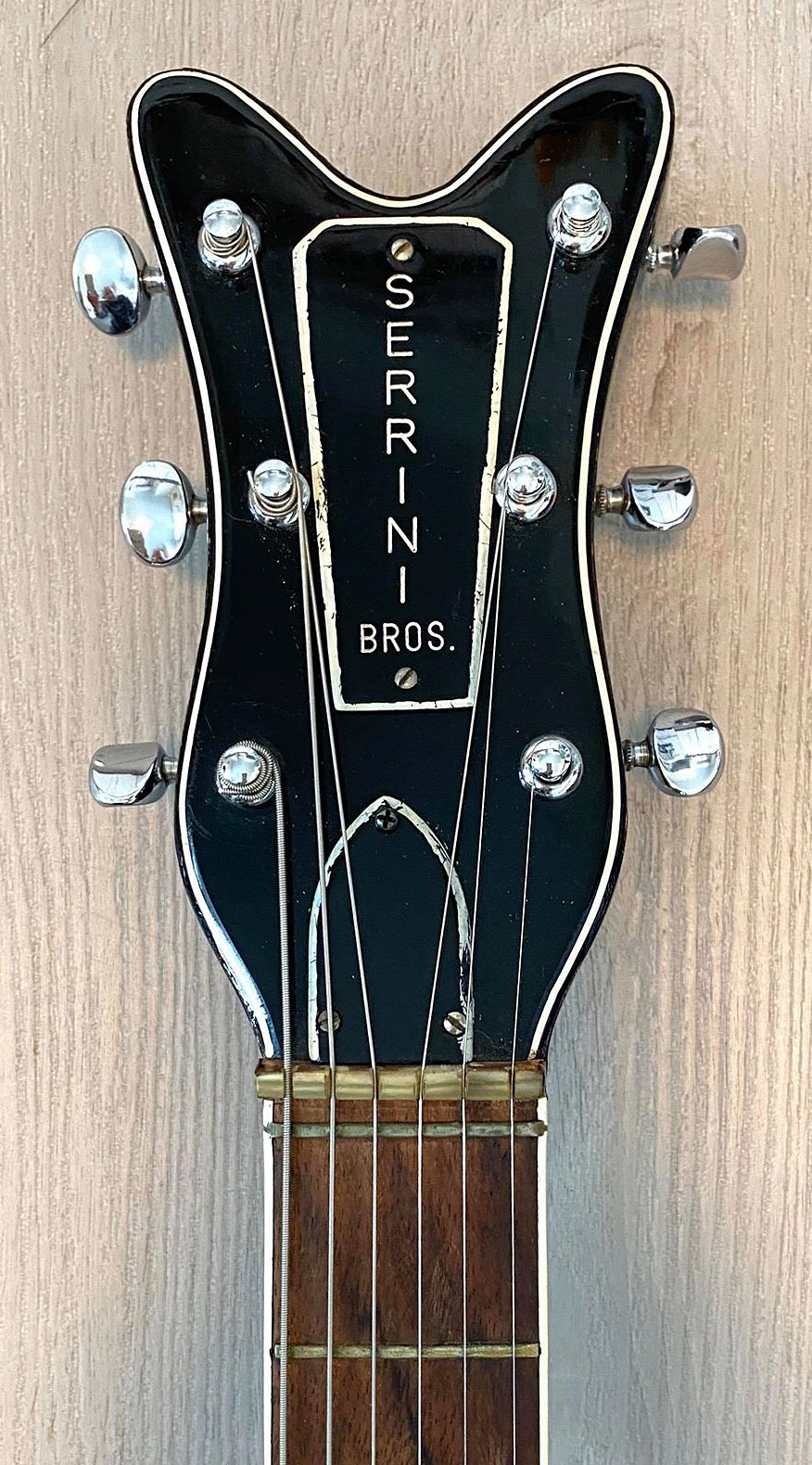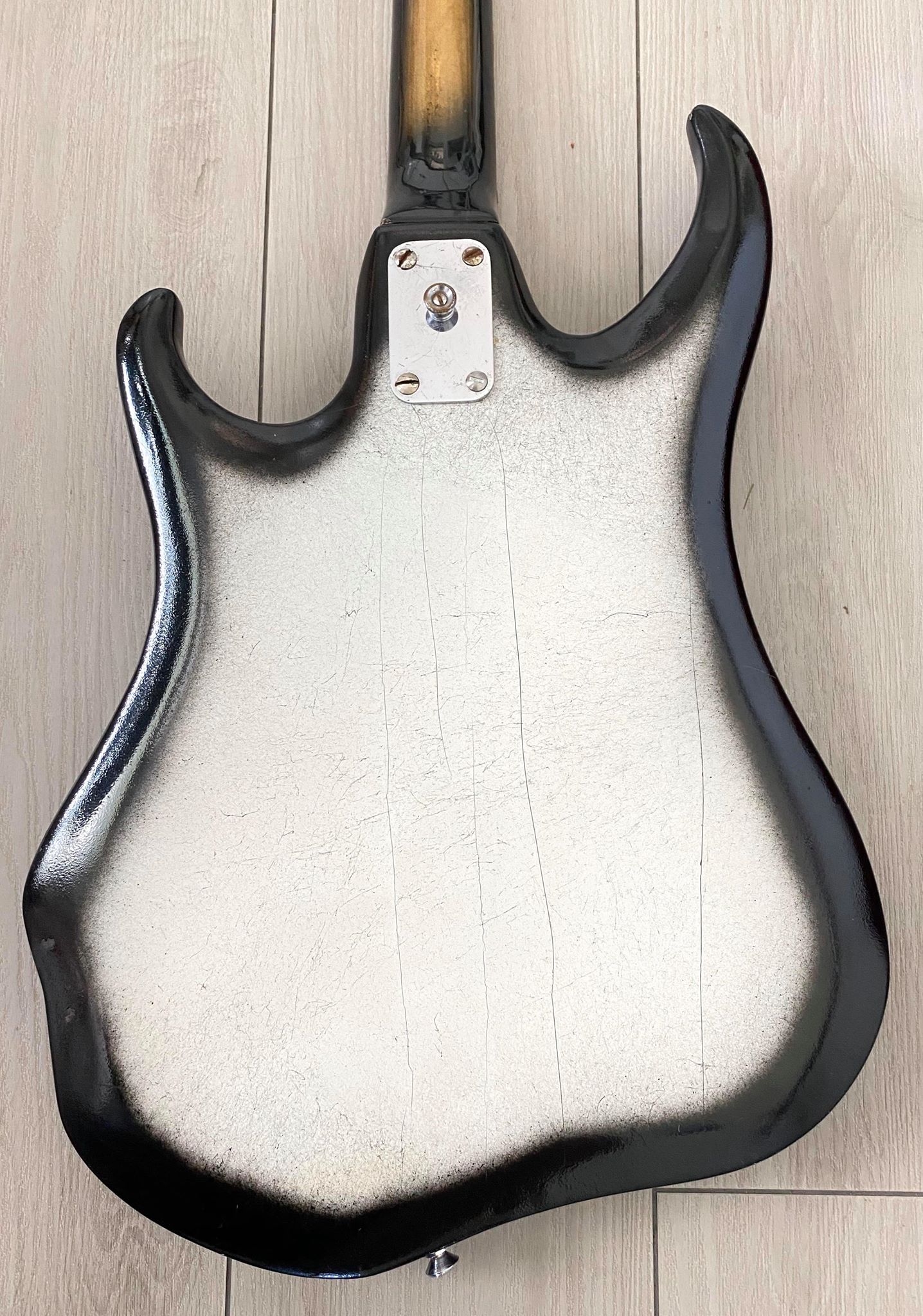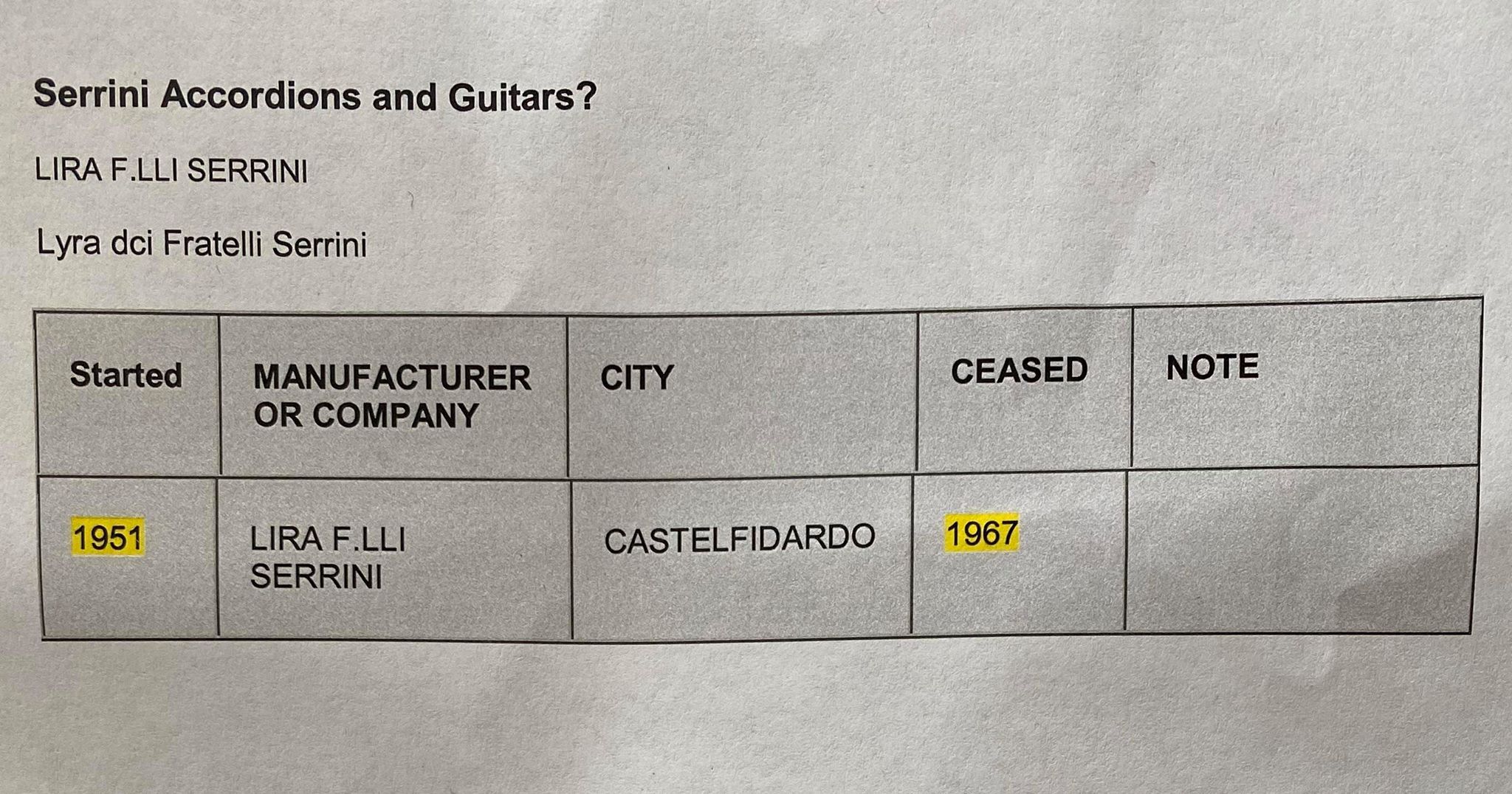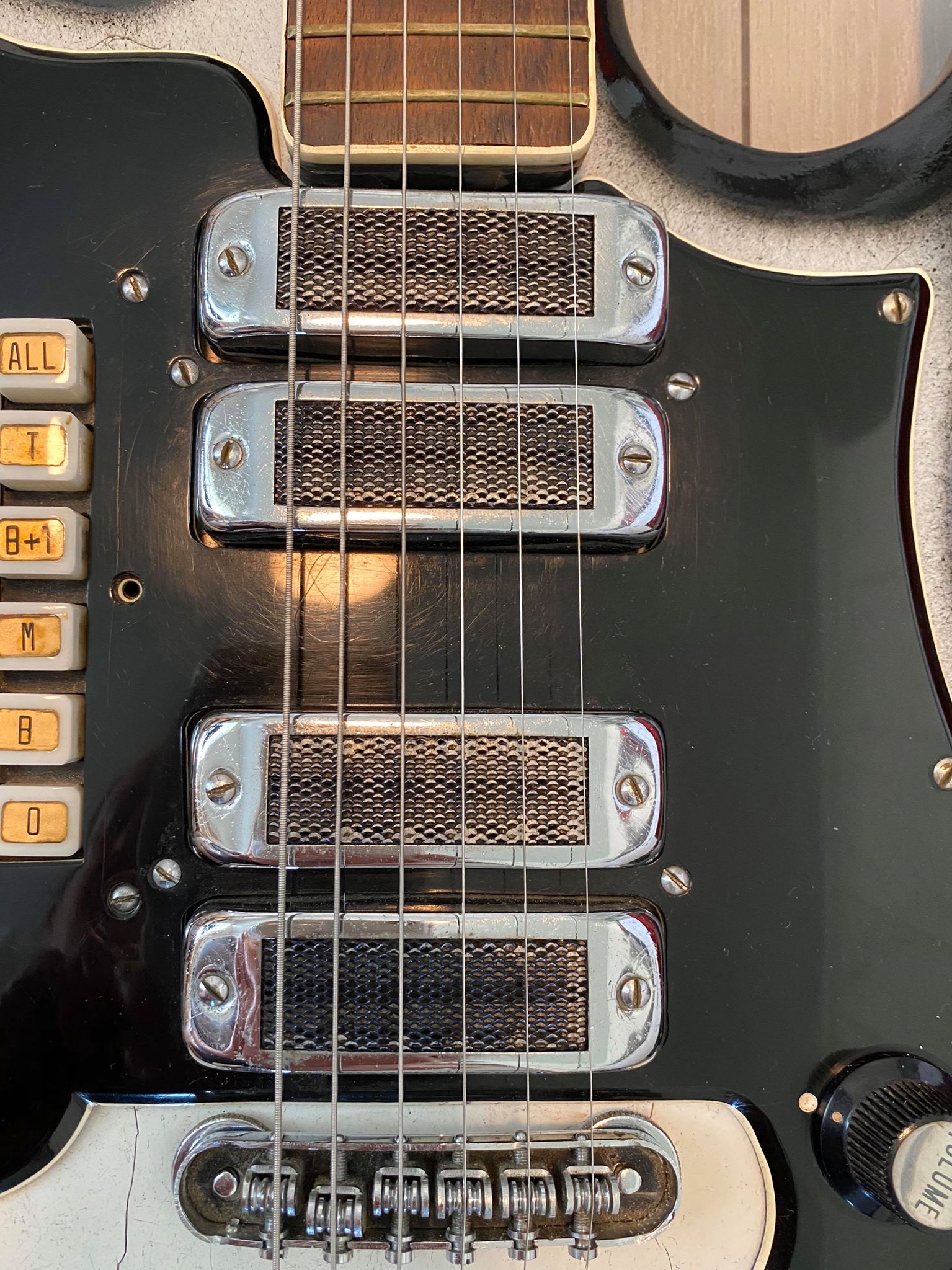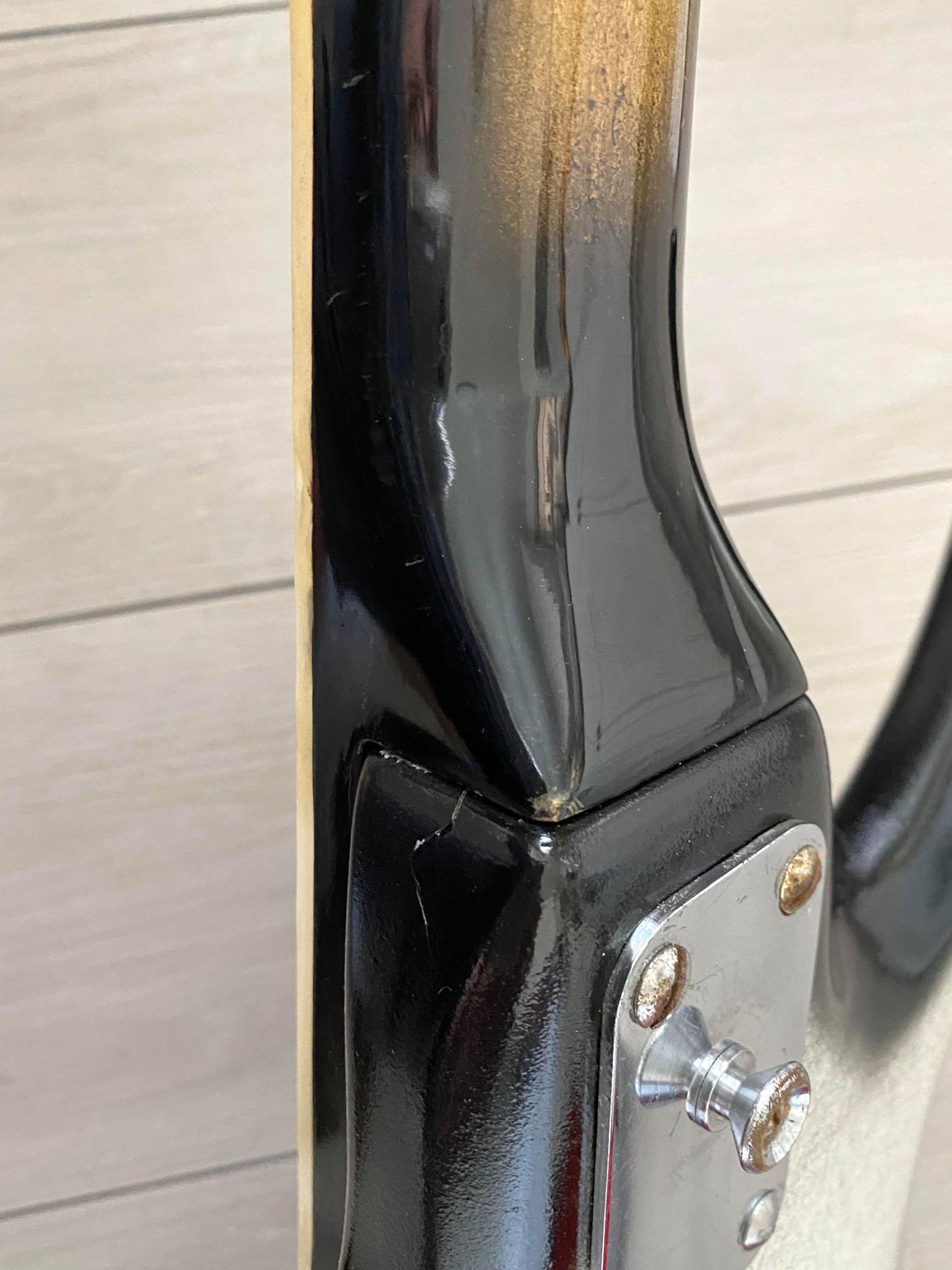
”1974: the film destined to change (in silence) the history of cinematography is released and which, in a final as innovative and visionary as it is chilling, tells a hypothetical future of the human race that instead increasingly resembles the present.
The Boss
1974: the film destined to change (in silence) the history of cinematography is released and which, in a final as innovative and visionary as it is chilling, tells a hypothetical future of the human race that instead increasingly resembles the present.
THE POST-HUMAN CROSSROADS
Article by Daniele Pieraccini
Where works created by authors also geographically and chronologically distant meet, all converging towards a single concept: the “alien” invasion understood as the trigger of a palingenesis of known reality.
Something foreign to human nature works to take possession of our own Being, changing us to exercise unlimited and absolute control.
In this imaginary apocalyptic crossroads pass films such as “They Live“, “Logan’s Run“, “The Matrix“, “Videodrome“, “THX 1138″, “Soylent Green“, “The Terminal Man” as well as titles already covered in this blog such as “I viaggiatori della sera“, “Hanno cambiato faccia“, “Wounds“, “Swiss Made 2069“, “Good News“, “Omicron“.
About the latter: the fake poster released a few months ago and referring to an alleged 1963 film entitled “The Omicron variant” is actually an edit of the poster of “Phase IV”, a surprising SF-horror from 1974, made by Saul Bass.
Saul Bass, illustrator, maker of logos for large companies and above all king of posters and film titles, which he transformed into a fundamental introduction to movies.
Influenced by Constructivism and Bauhaus, thanks to his minimalist artistic vision (see above all the example of “Anatomy of a murder”) Bass was able to leave his mark on the history of cinema, transforming the opening credits into an integral part of work, prologue to the story and an identifying mark of the film itself.
After winning an Oscar in 1969 with the short film “Why Man Creates” and inspired by the short story “The Empire of Ants” by H. G. Wells (1905) and perhaps also by “The iron heel” (1907) by Jack London, Bass in 1974 he made his only feature film as a director.
“Phase IV” was a flop at the box office and crushed by critics, but over time it has become a “cult” and has finally been re-evaluated by some commentators, who have recognized its dimension as a universal metaphysical drama. Surely, on a visual level, we are faced with a nightmare of visionary intensity that deserves further study.
A recurring criticism of the film’s release consisted in highlighting a lack of satisfactory explanations to the story told, which made the work an exercise in visual style devoid of interesting meanings: ultimately a 50’s monster movie, with good intentions and valuable documentary shoots but summarily useless. This impression is shared by anyone who has seen Bass’s film over the years, including myself.
After almost forty years from its release, however, here’s the surprise: the ending of the movie seen by the whole world until 2012 was not what the author thought. The production in fact opted for a rather obvious epilogue in the images and in the meaning, compared to that foreseen and created by Bass.
And it’s a different story entirely. It is with this rediscovered ending that everything takes on another meaning, so much so that a “50s monster movie” becomes a real masterpiece.
We find references to Kubrick, anticipations of Ken Russell’s visions, a concept of rebirth that we will find in Cronenberg… Many elements aimed at showing us a destiny, indeed, a post-atomic and post-human phase now upon us and that “someone” designed for us.
Whether they are the machines of Matrix, the aliens of Omicron / They Live, or the insects of Phase IV, a reality foreign to humanity is permanently changing our condition. A substantial dehumanization looms; the only way is to rebel against mechanization, depersonalization, the oppressive and coercive power that oppresses us more and more.
Those of the rediscovered finale of the film are five minutes of visionary creativity that change the fate and meaning of a film, raising it to grandiose and prophetic levels. An explosive ending, a disturbing trip that shows the decline of mankind. A majestic film mirage hard to forget.
The Italian title is therefore misleading: Phase IV is not about the destruction of our planet, but a reconfiguration of humanity itself, by taking possession of bodies and minds in order to mathematically and “efficiently” reorganize life on Earth.
The fatal Phase IV comes after an artfully constructed tension between visual metaphors, surrealism, excellent sound commentary, beautiful photography and even discreet acting. Everything takes on a sense with this ending, an apocalyptic sense blasted in the face (with force but also with a certain executive subtlety) to the spectators who are annihilated in front of a representation of anti-human inevitability that leaves us terrified.
The technical side is very important, just look at the use made of micro cameras (in 1974!) To follow insects closely; note also the realization of a “subjective” of an ant.
On a visual level, it is ultimately a monumental work: even the phenomenon of crop circles is anticipated by a few years.
The plot in short: following a spectacular and mysterious cosmic event, ants of every species evolve in a lightning-fast and inexplicable way. Insects soon wage war on humans, quickly immunizing themselves from the chemical weapons used to fight them and erecting eerie geometric monoliths surrounding a laboratory in Arizona, the base of humans trying to oppose the fierce colonies of mutated insects.
The ant revolt is mechanical, organized, an extreme and efficient assembly line that leaves no way out for humans.
The terrible mystical ecstasy of the finale reveals the real purpose of the invasion: far from wanting to destroy the planet, the plan of the ants, Phase IV, foresees the transformation of the human species and its adaptation to the world of insects. Total assimilation.
The film’s human protagonists eventually reveal that they don’t know what ants want from us, but await instructions. The technocrat dream of the (solely) operative man is about to come true.
THE ORIGINAL PHASE 4 TRAILER
“Phase 4″ (Usa 1974) by Saul Bass
|
Original Title |
Phase IV |
|---|---|
|
Countries |
United Kingdom, United States |
|
Release Date |
September 6, 1974 |
|
Running time |
86 min |
|
Genre |
SF, drama, horror |
|
Directed by |
Saul Bass |
|
Written by |
Mayo Simon |
|
Produced by |
Paul B. Radin |
|
Production |
Alced Productions, Paramount Pictures |
|
Cinematography |
Dick Bush |
|
Edited by |
Willy Kemplen |
|
Special FX |
John Richardson |
|
Music |
Brian Gascoigne |
|
Scenography |
Don Barry |
|
Starring |
|
|
|

